Archives
now browsing by author
Family, friends, faces.
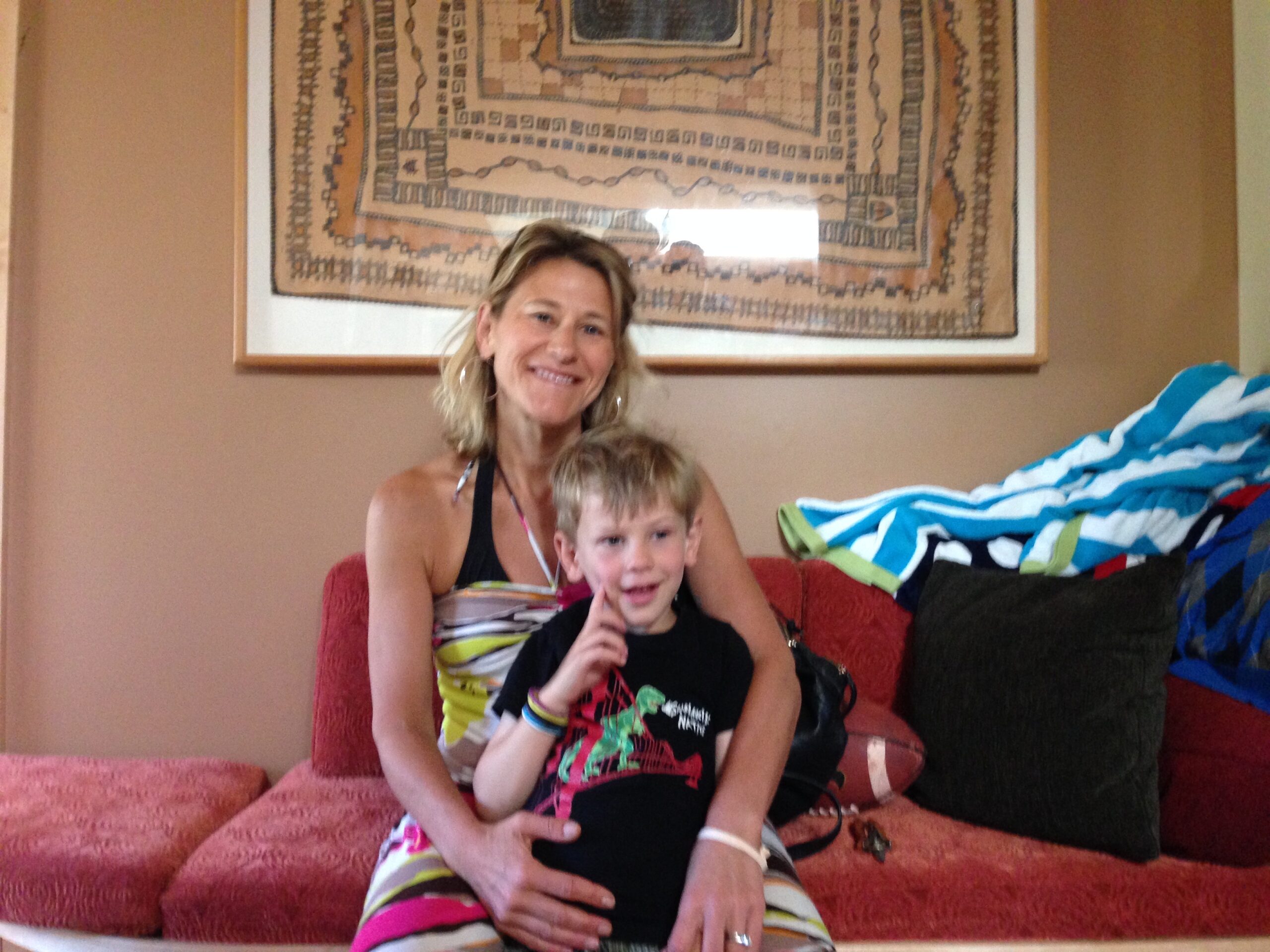
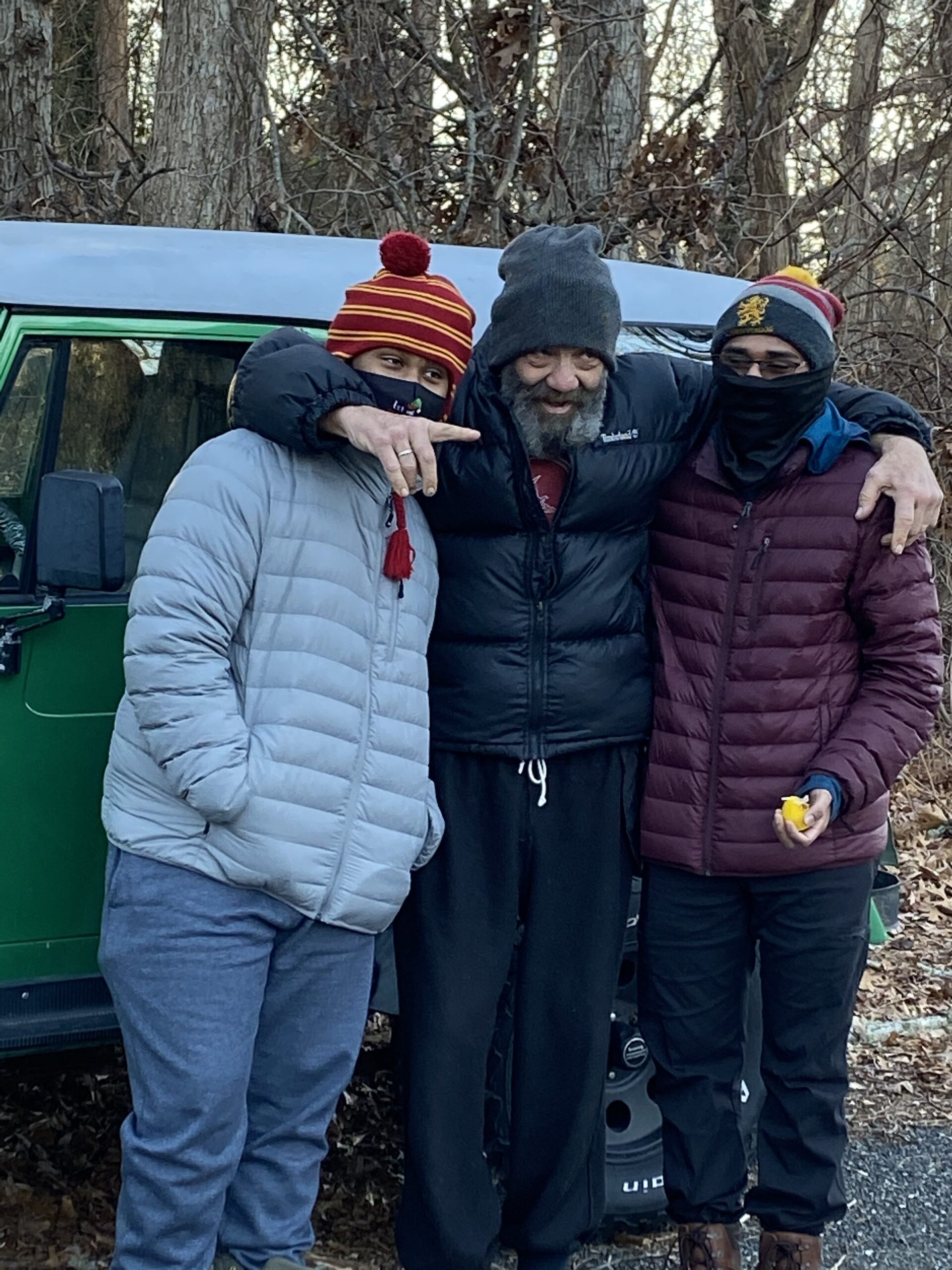
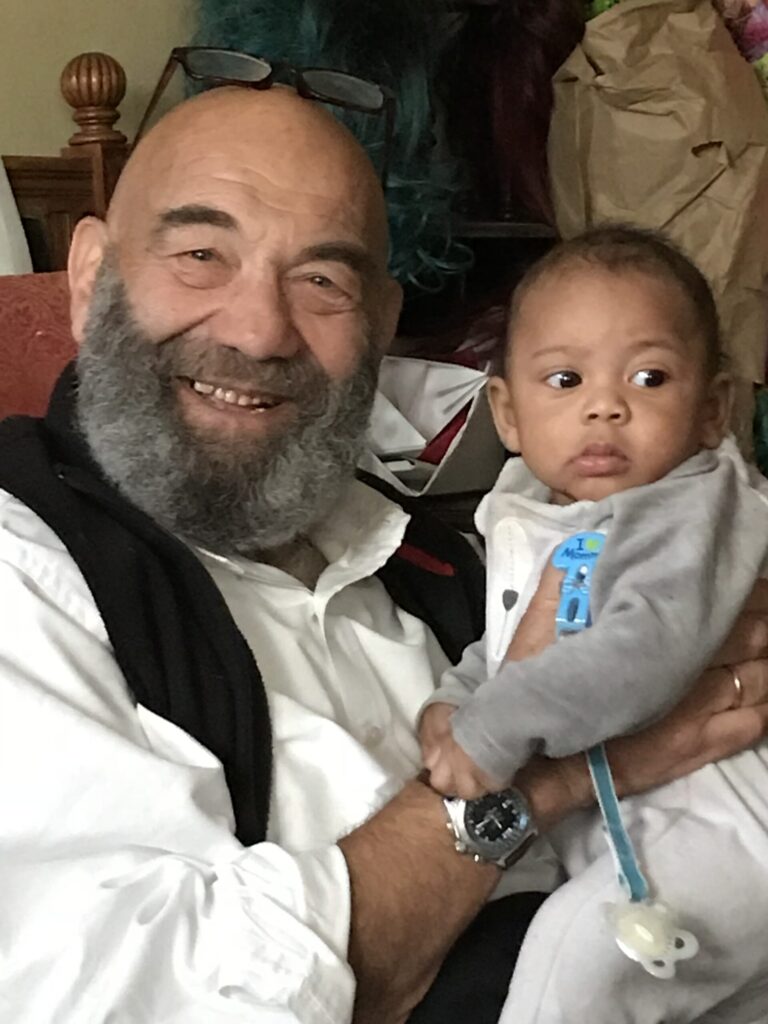
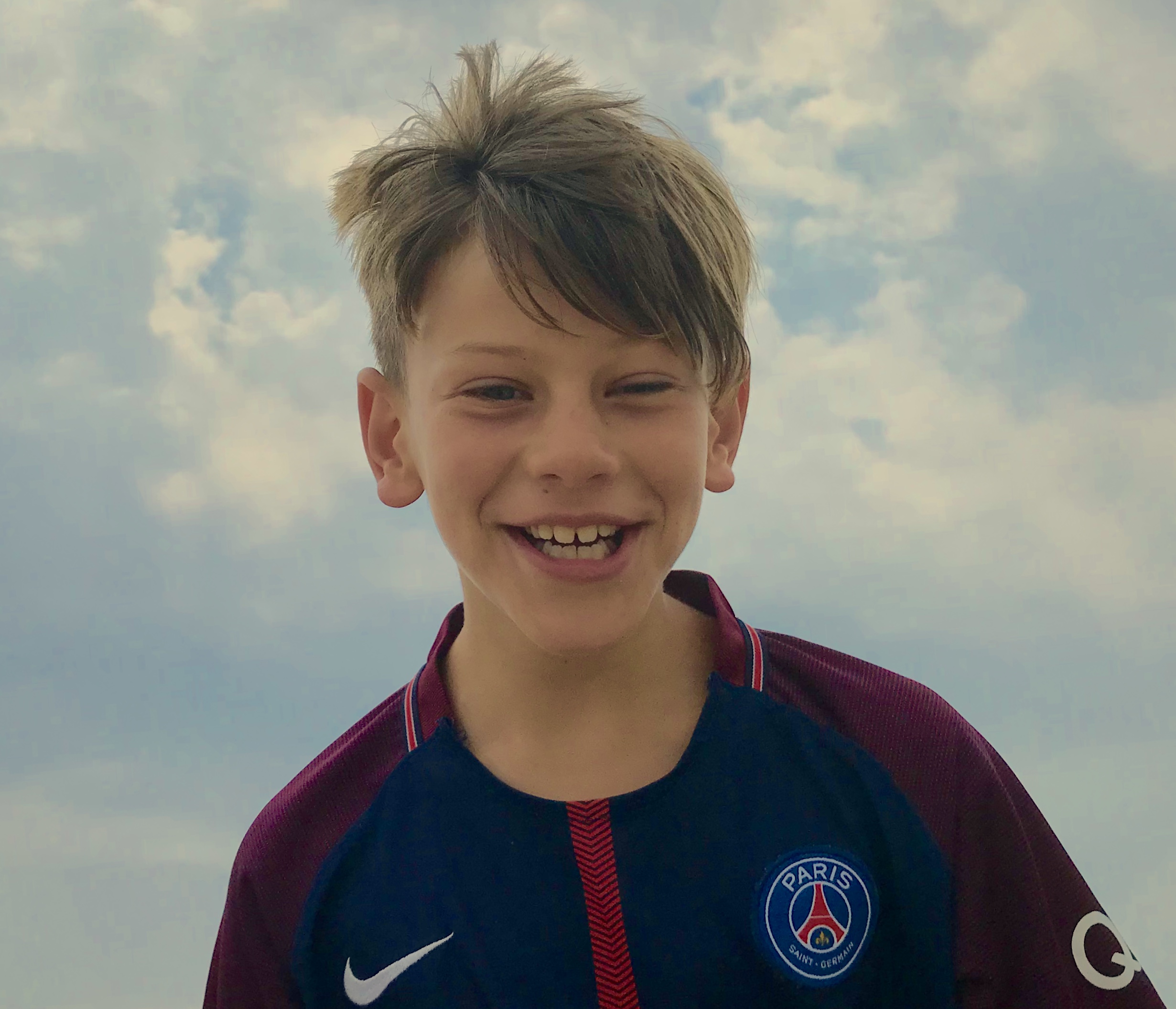
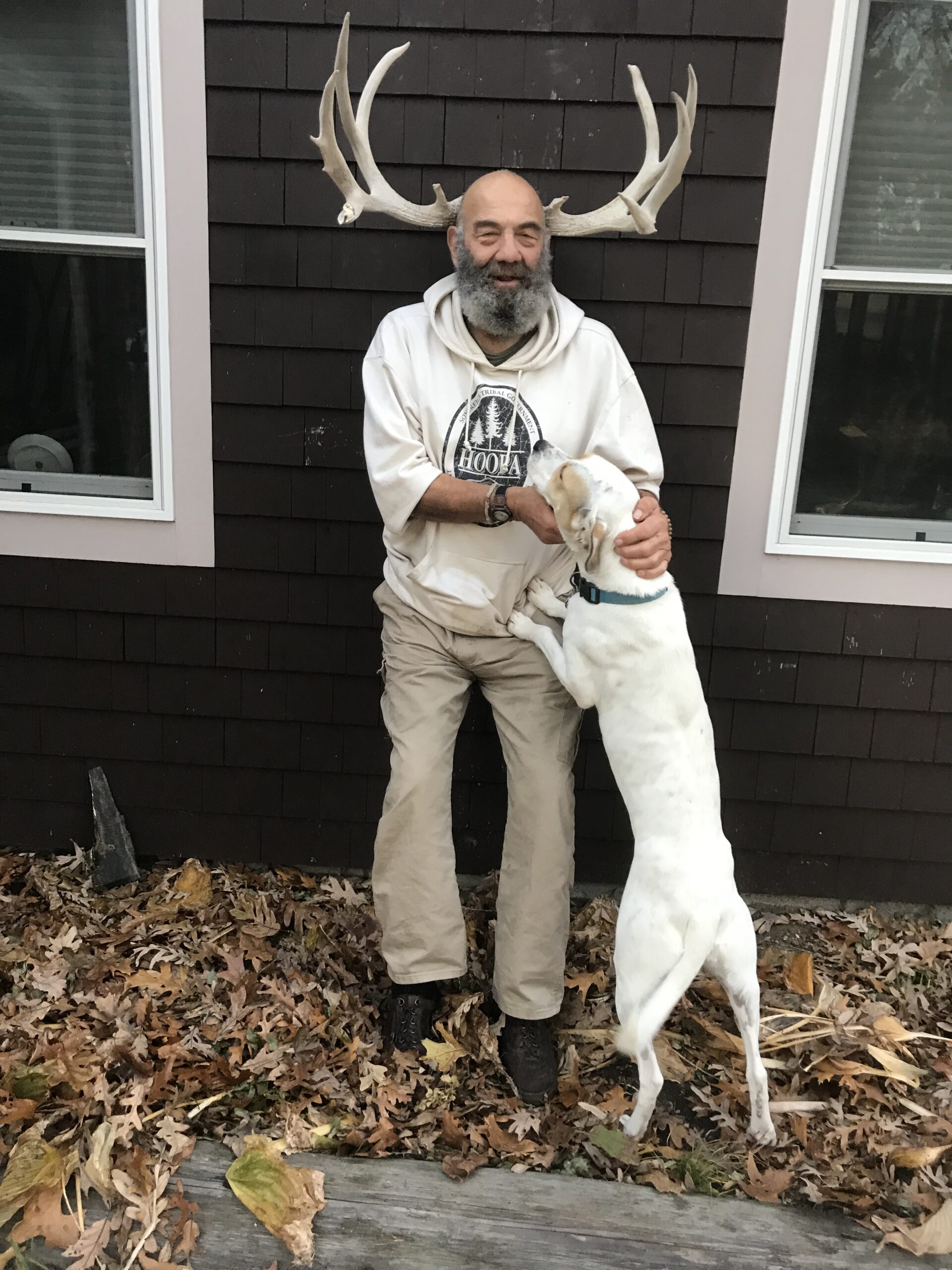
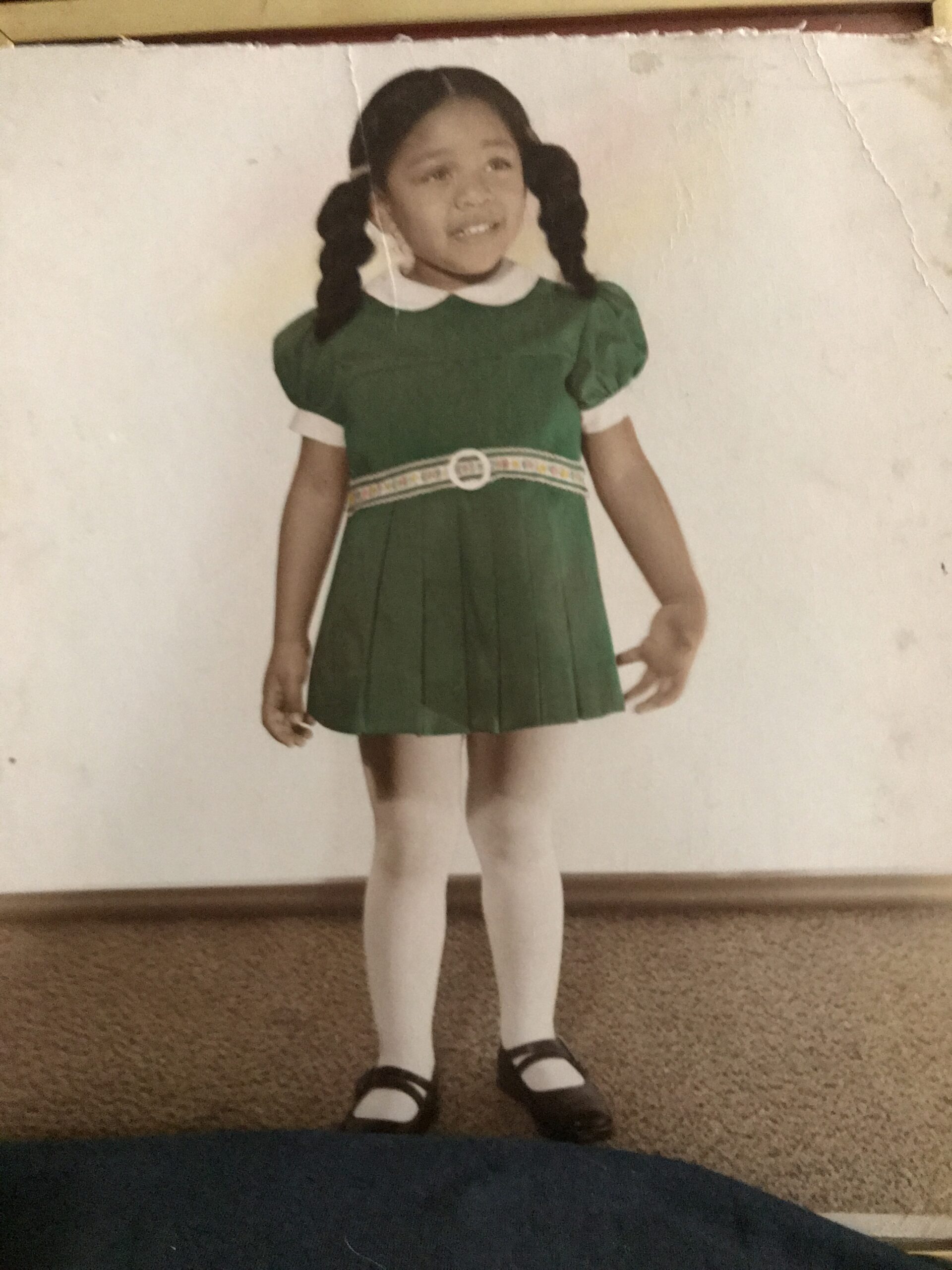
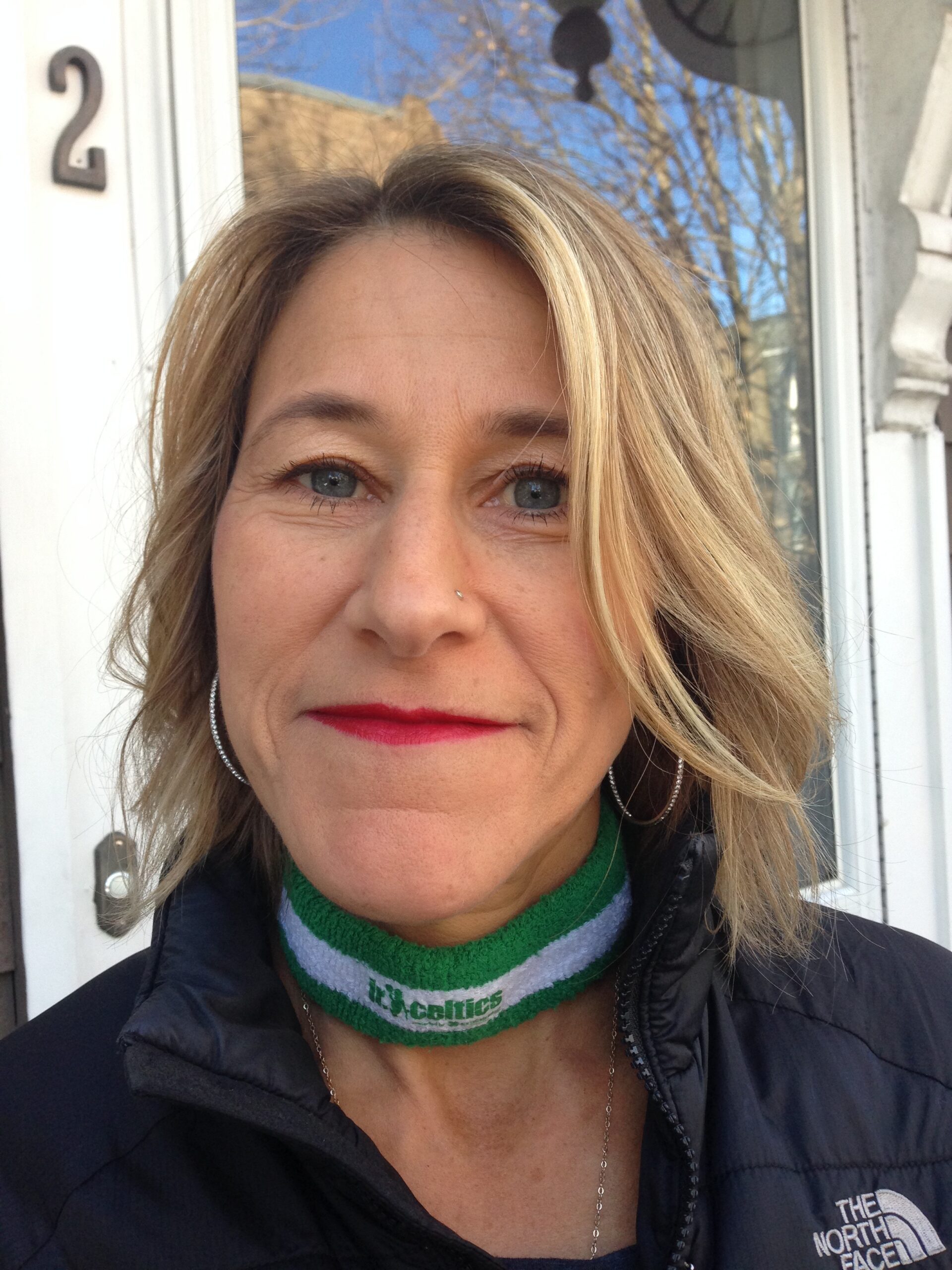
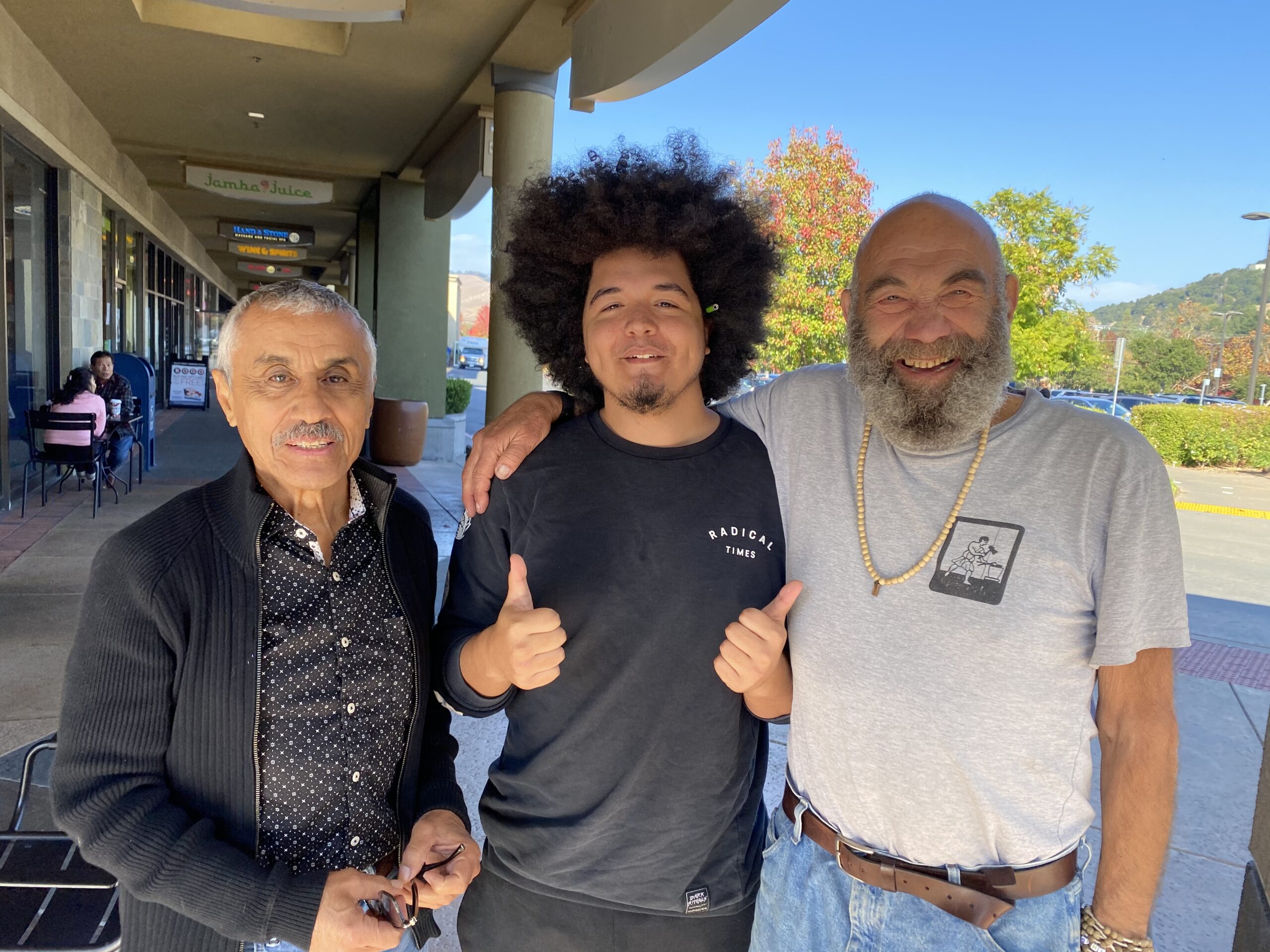
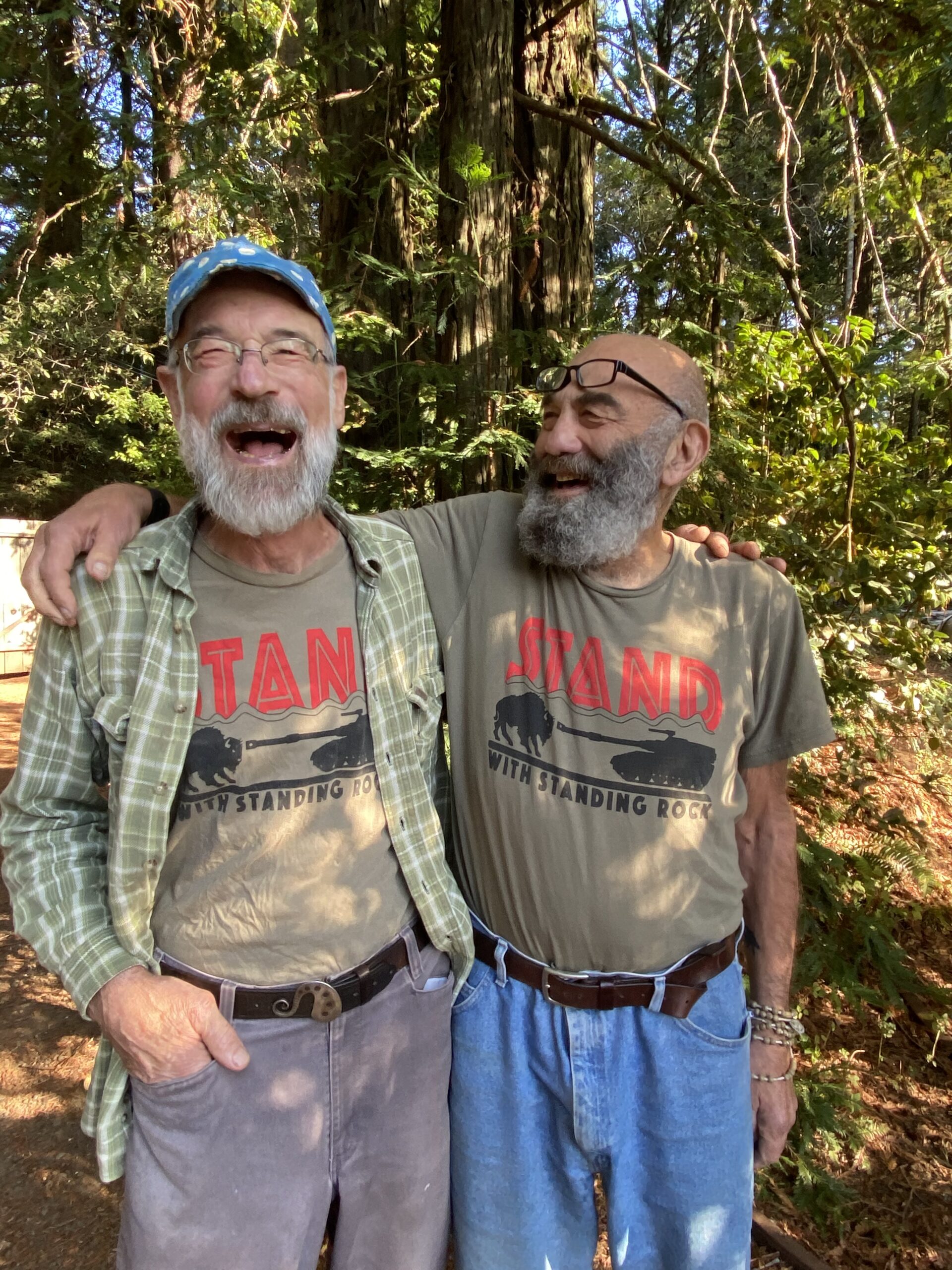


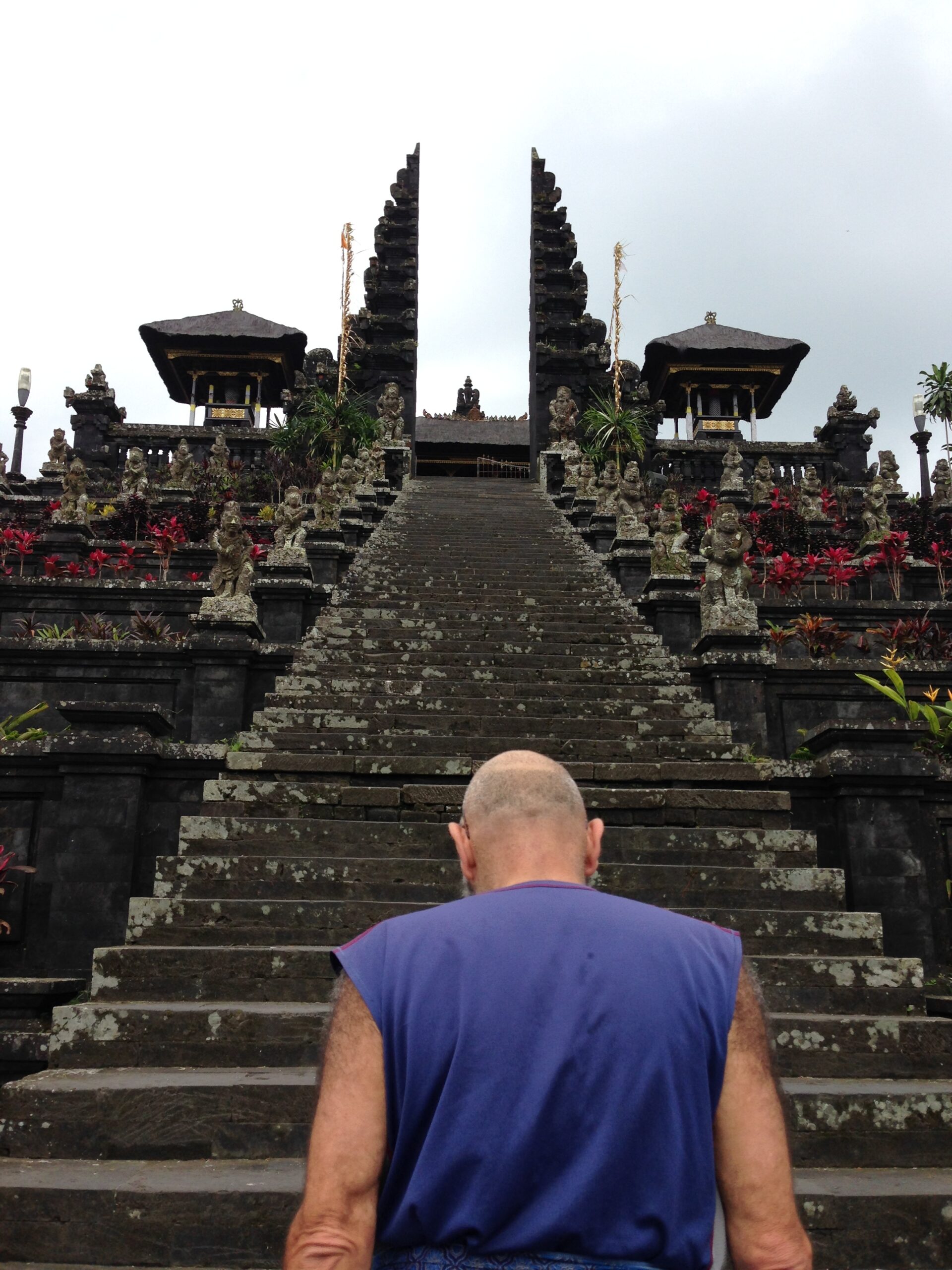
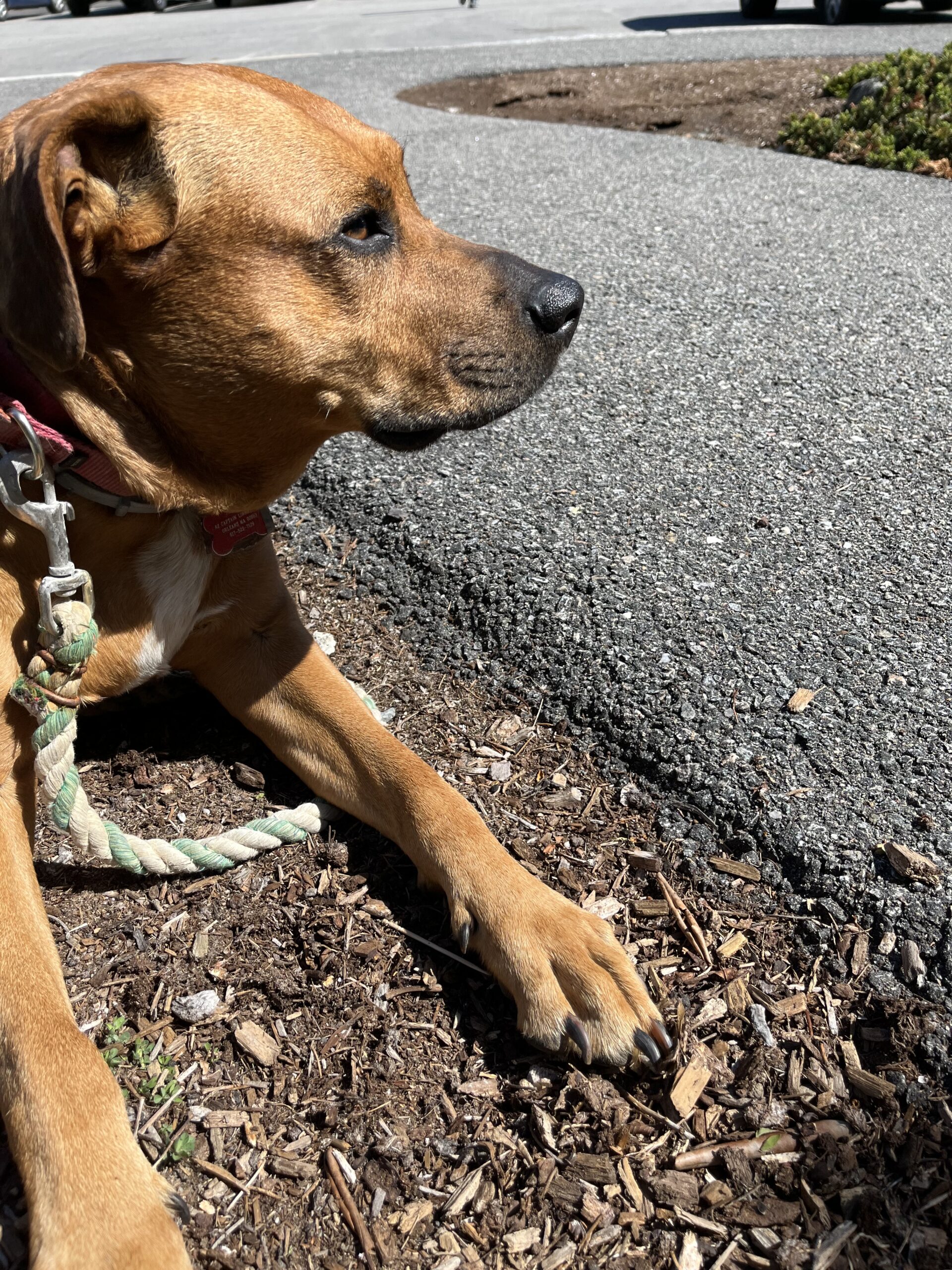
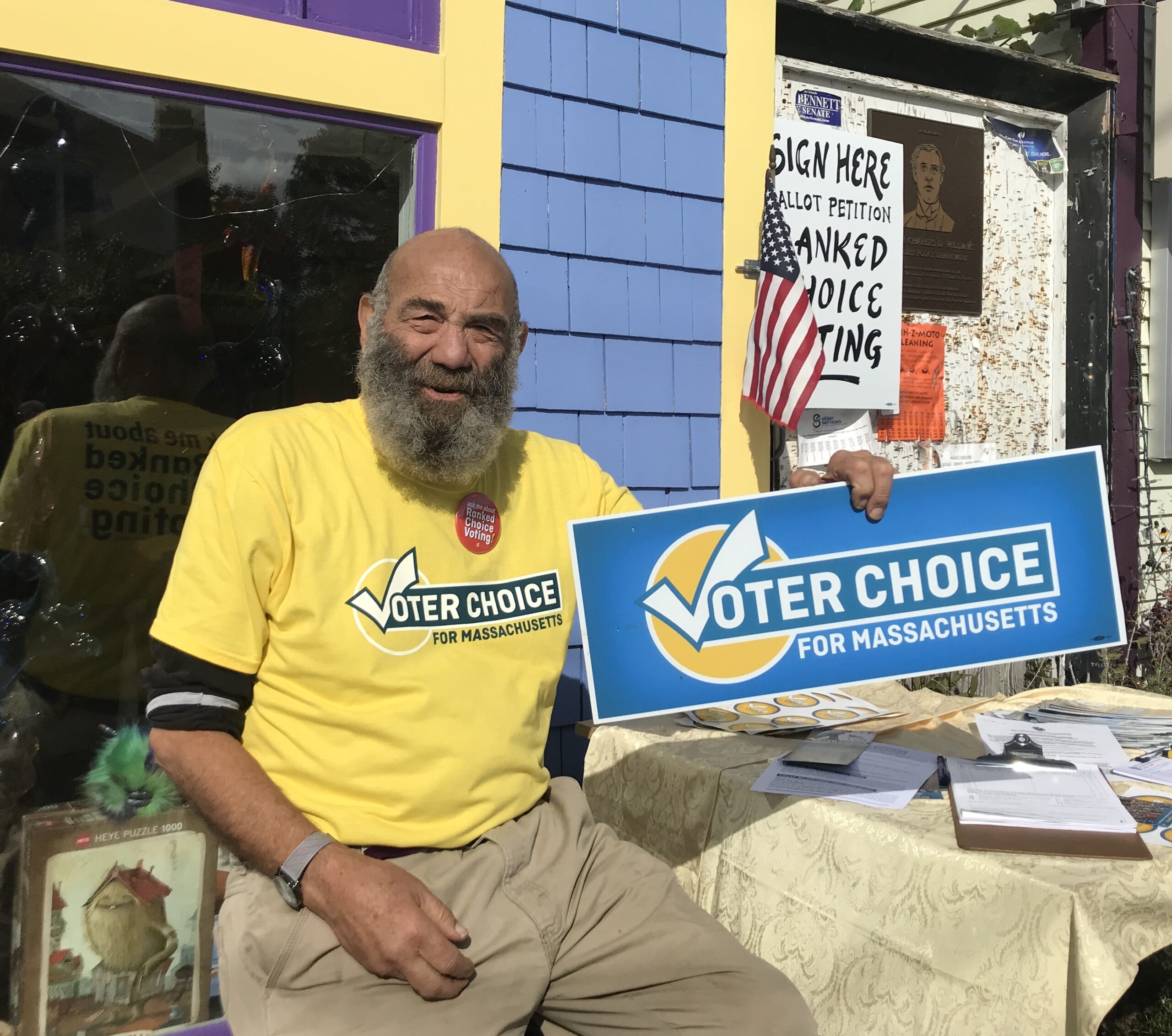
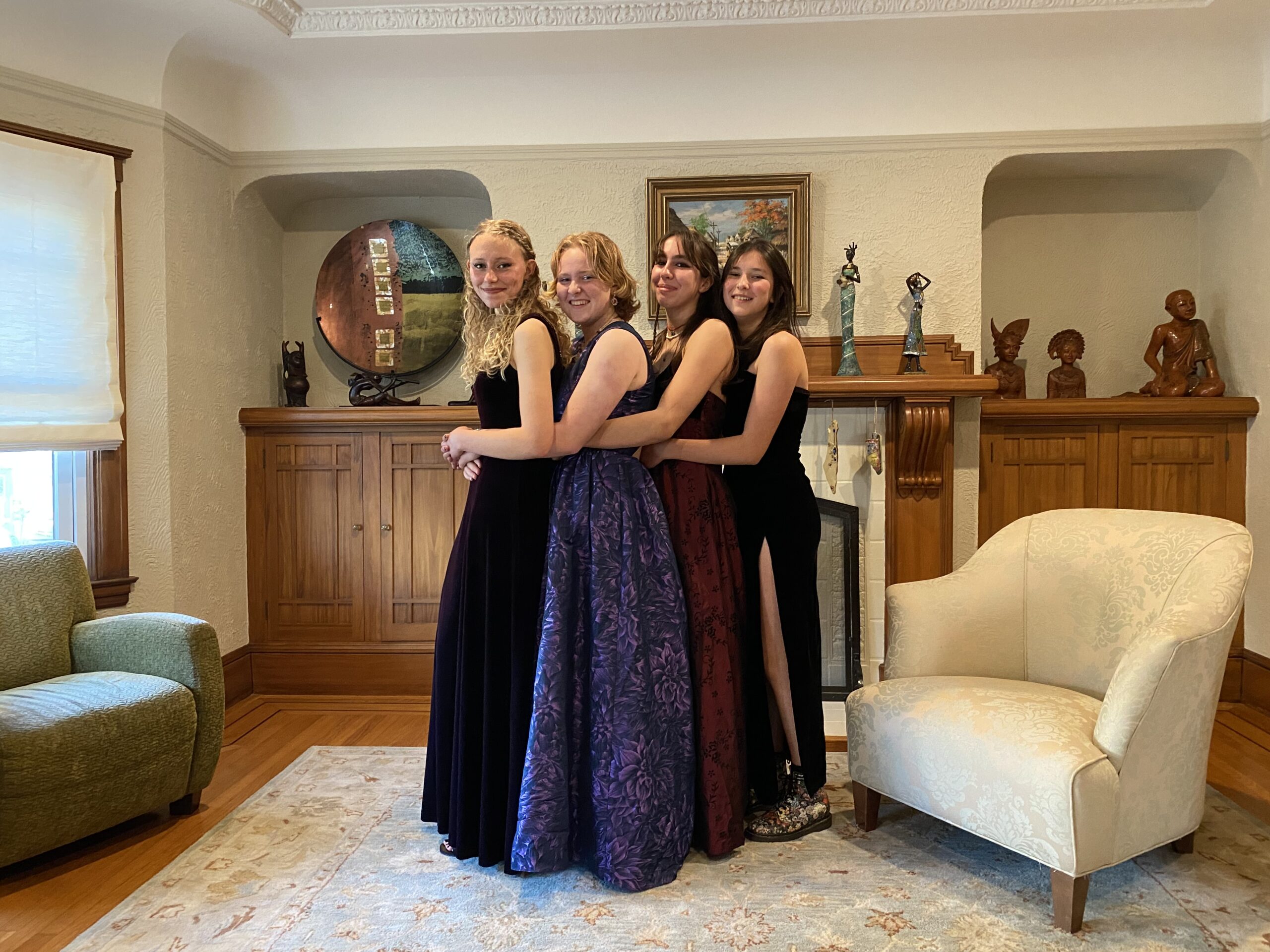
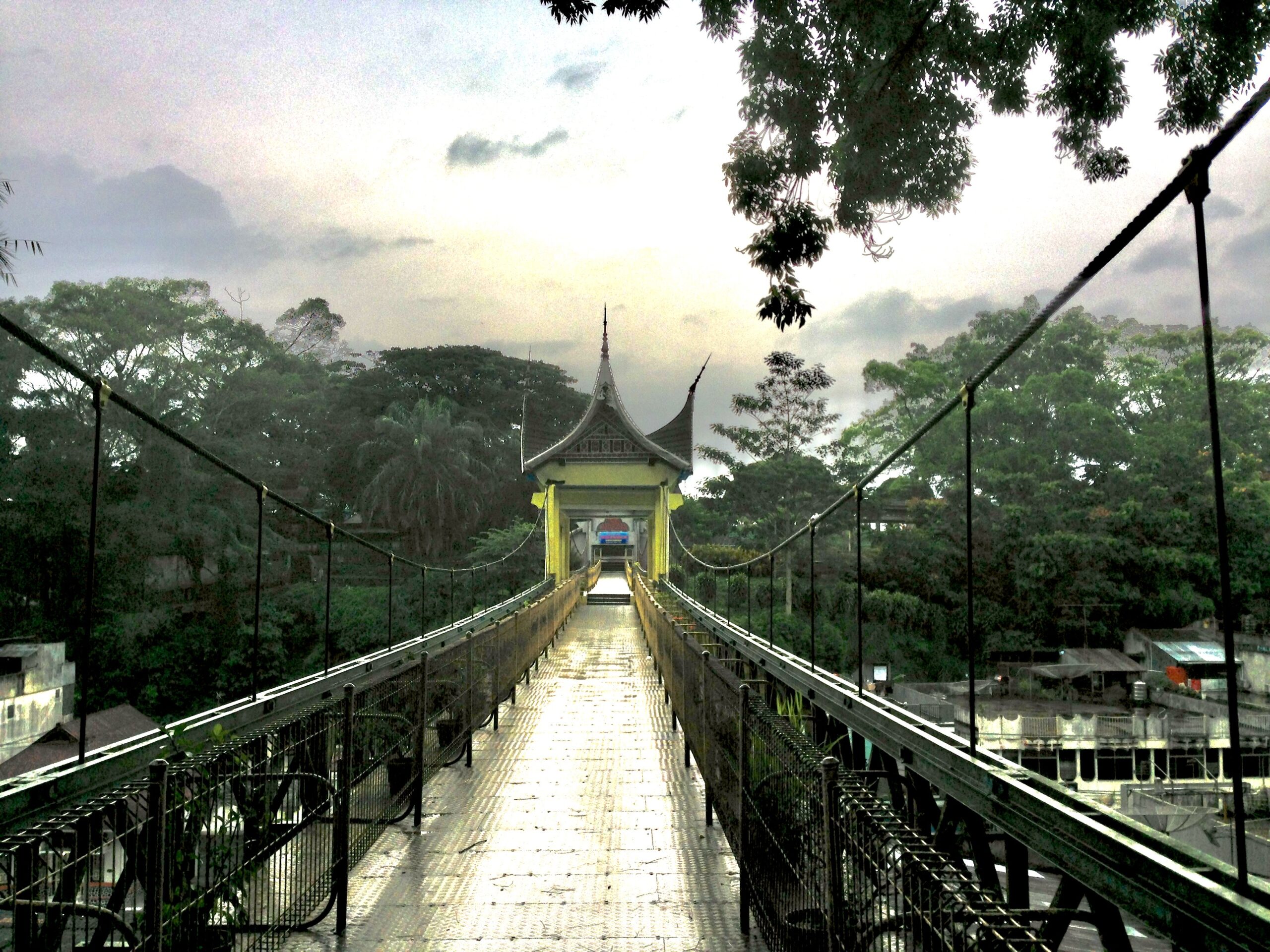

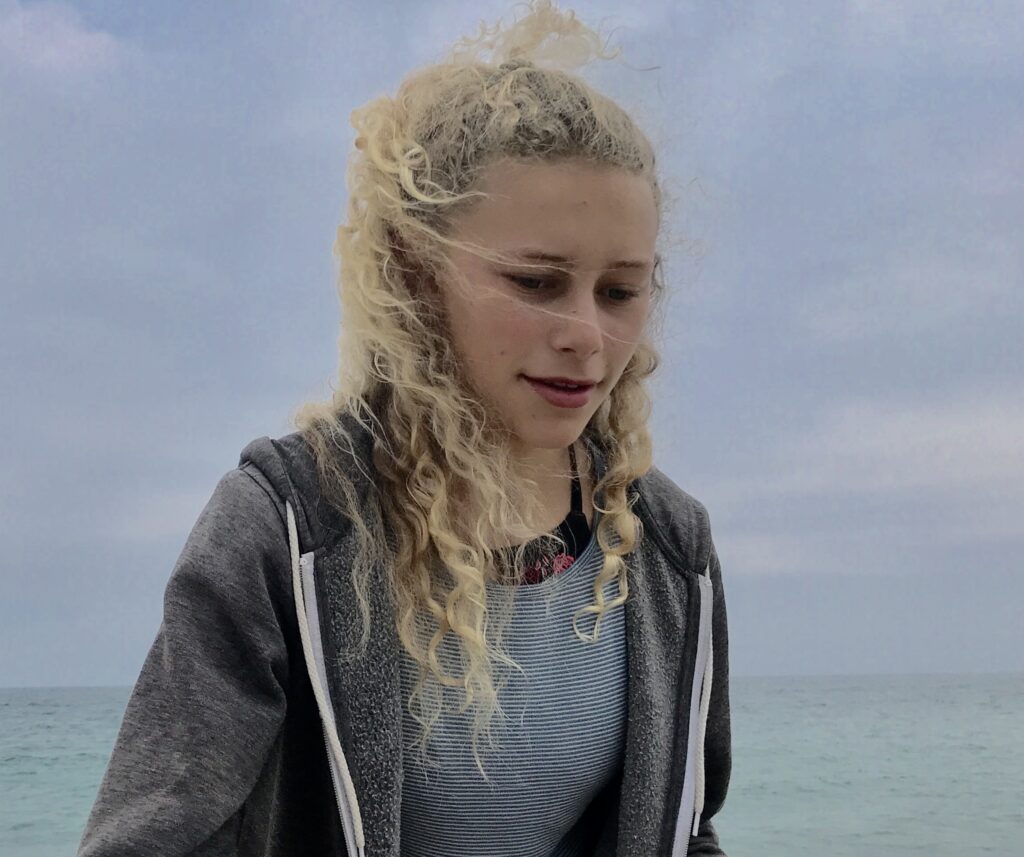
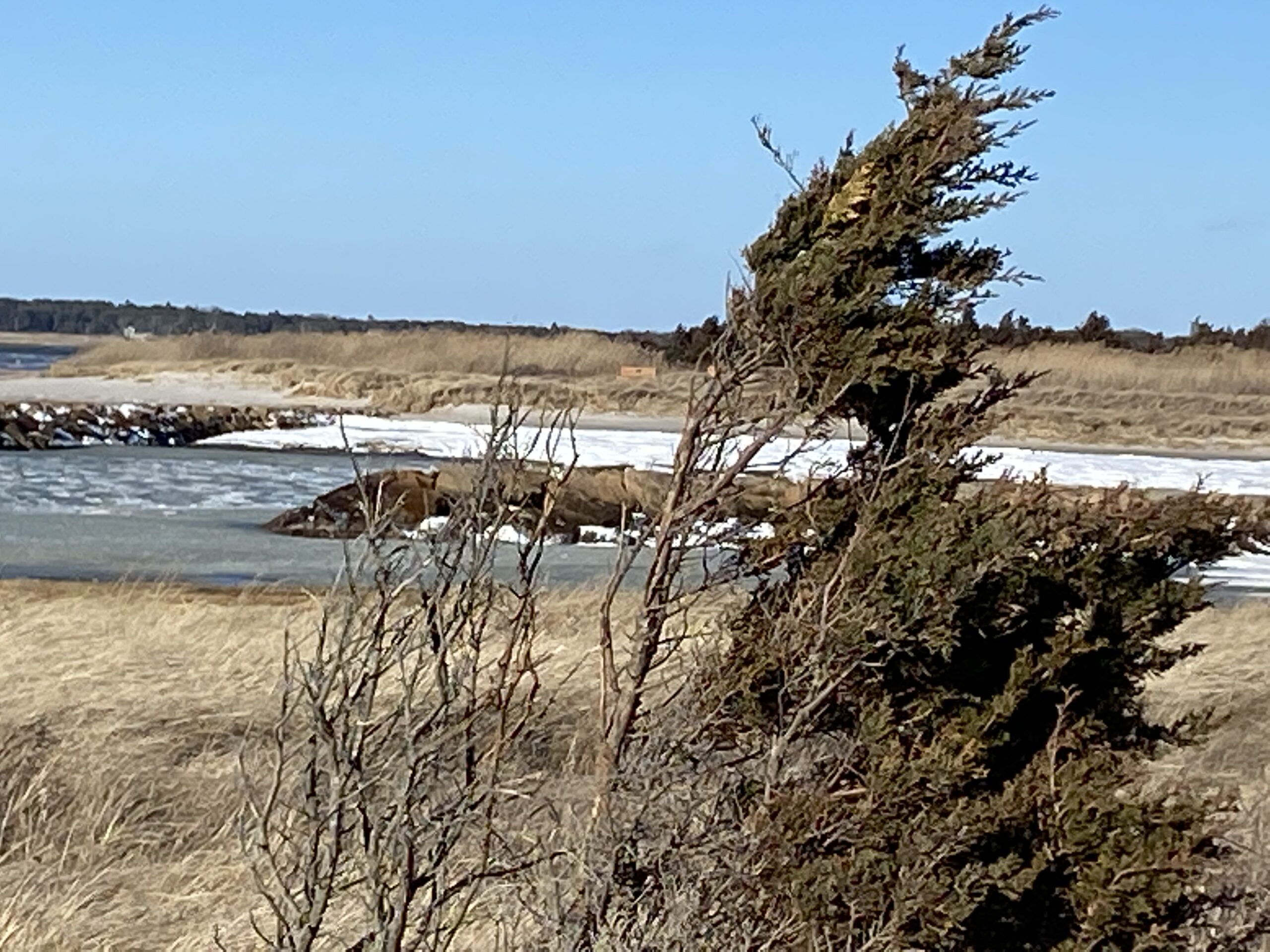
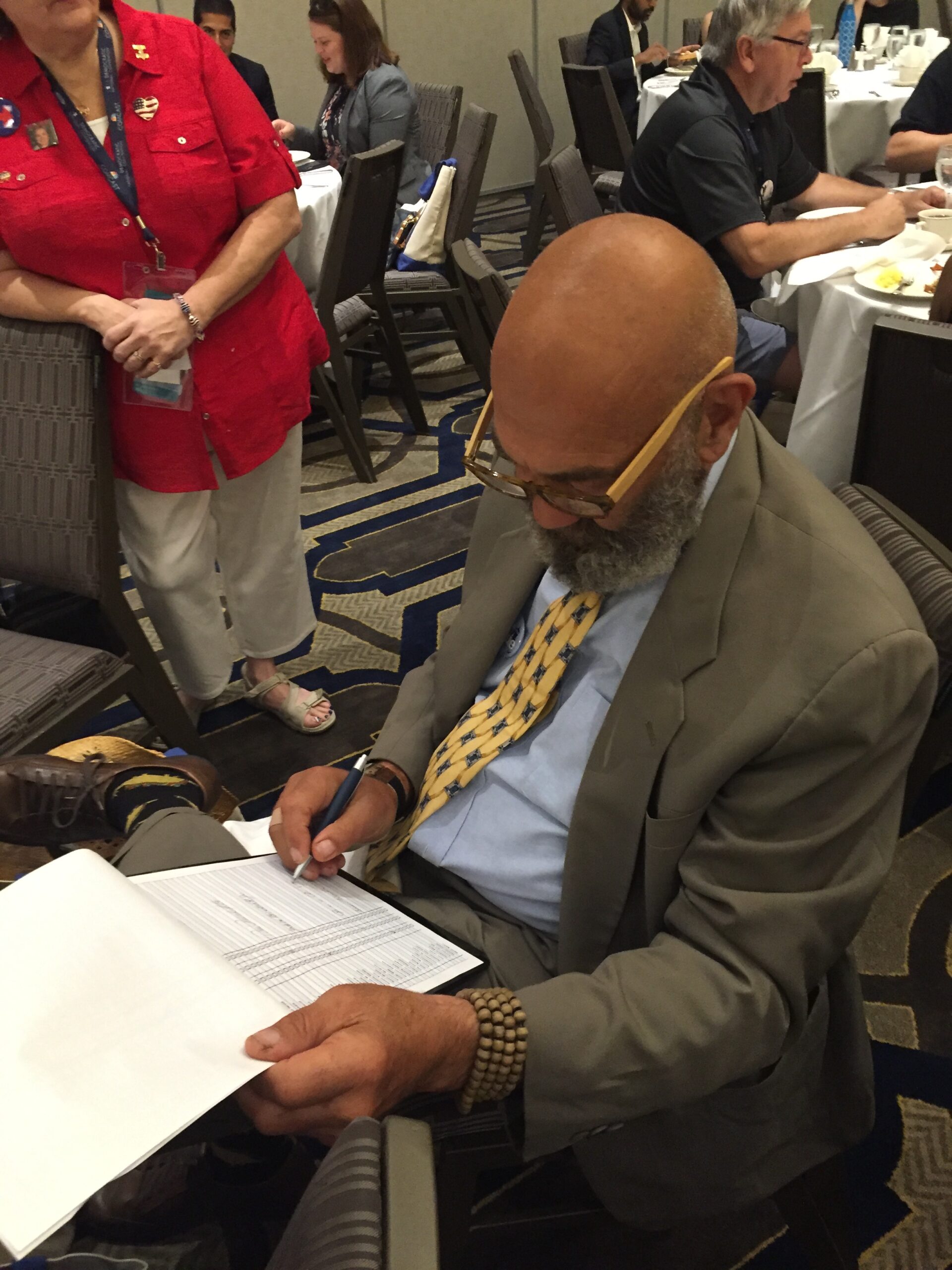
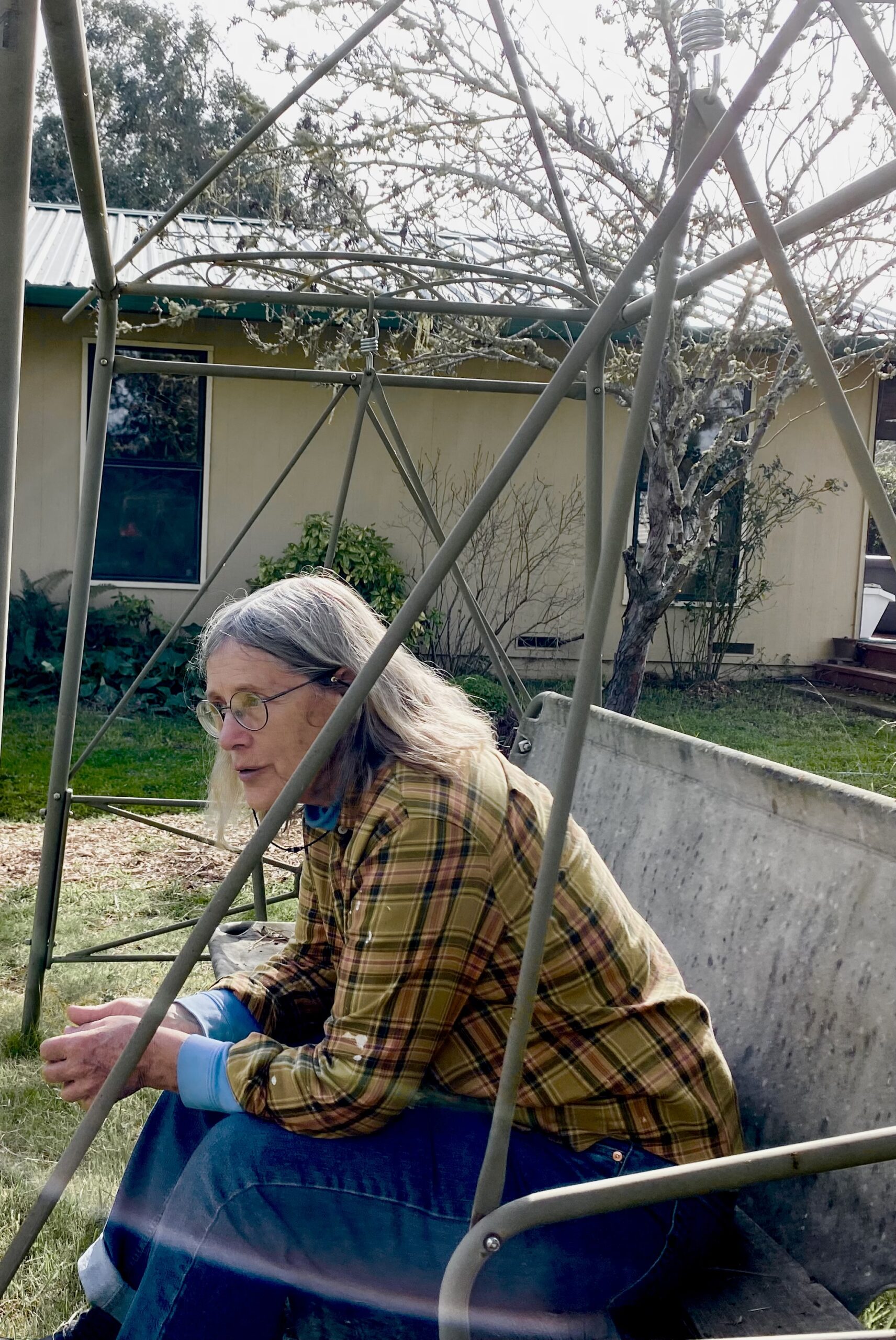
Maia’s mom – see the Philo School of Herbal Energetics.
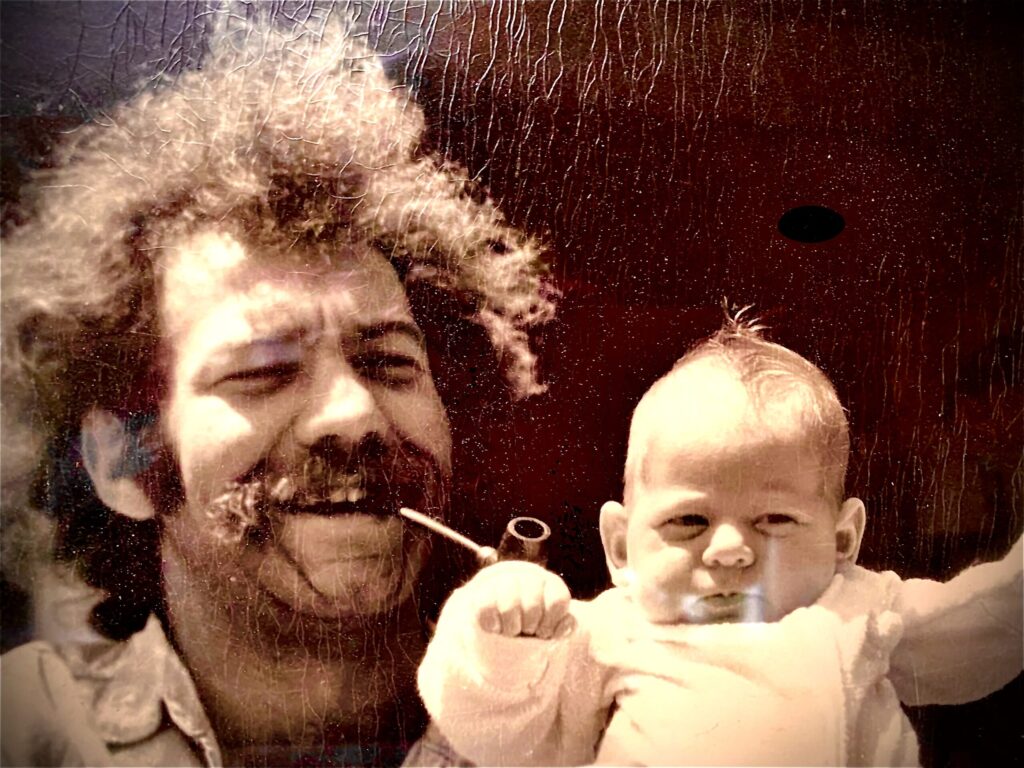
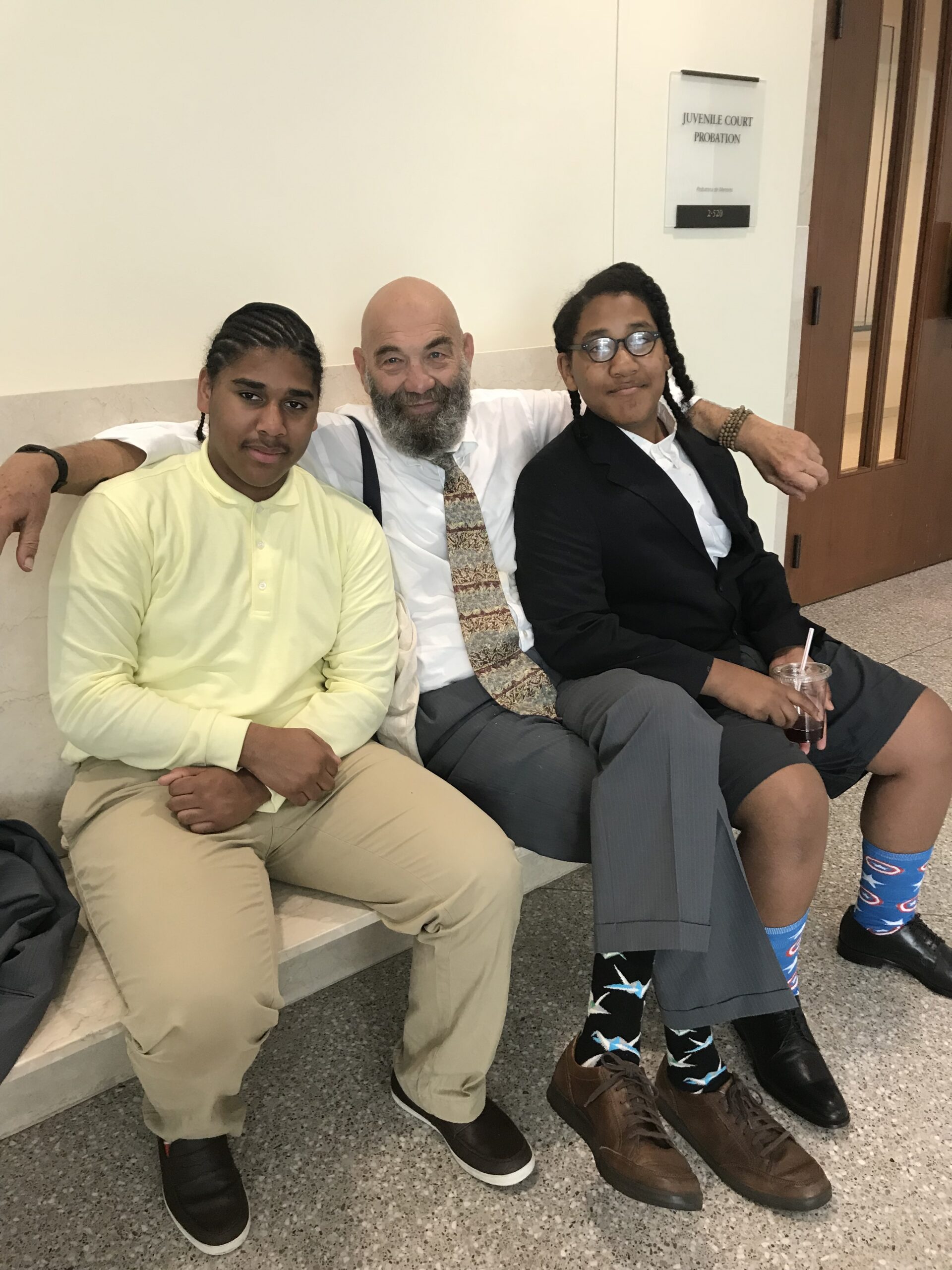
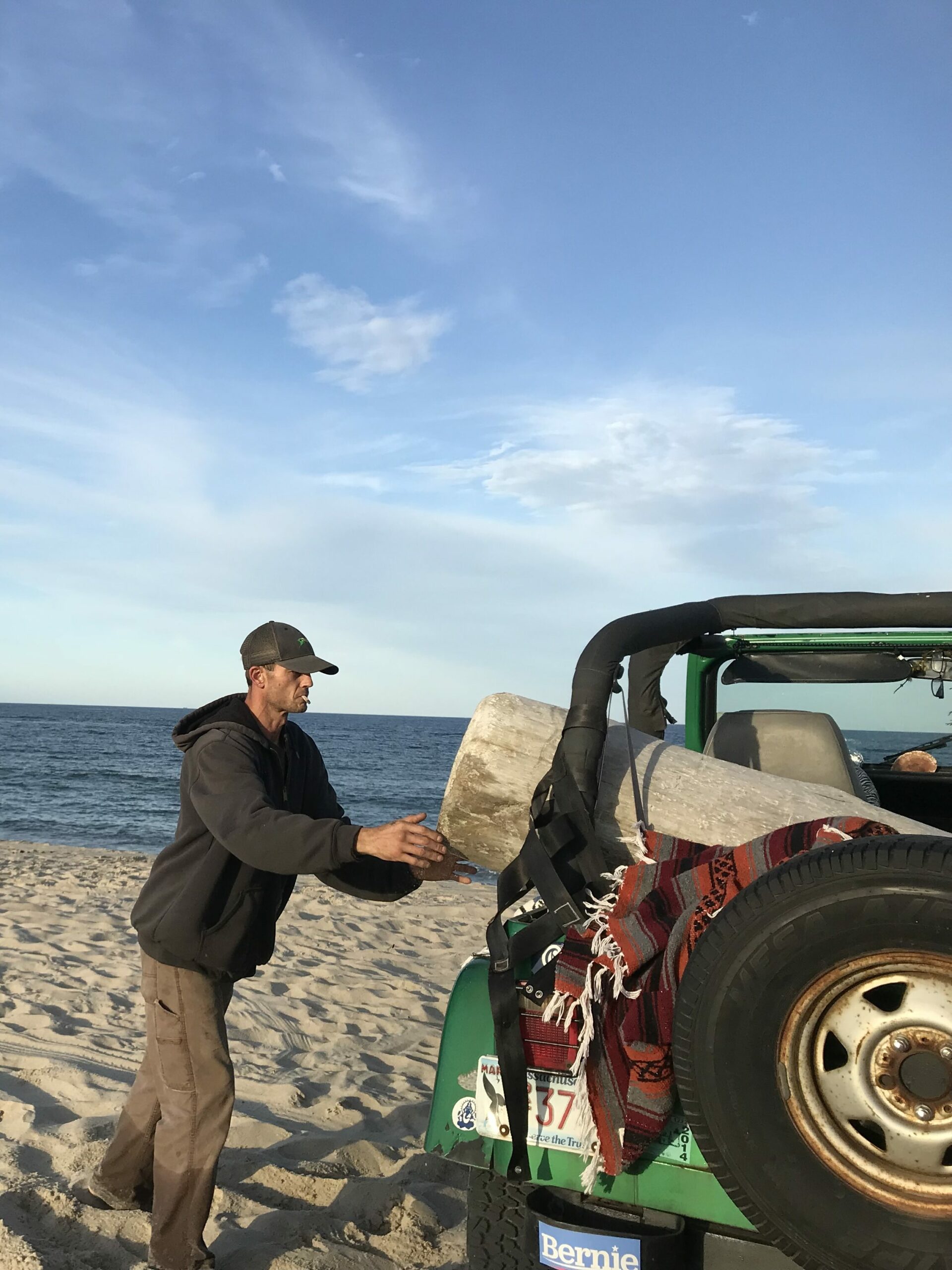
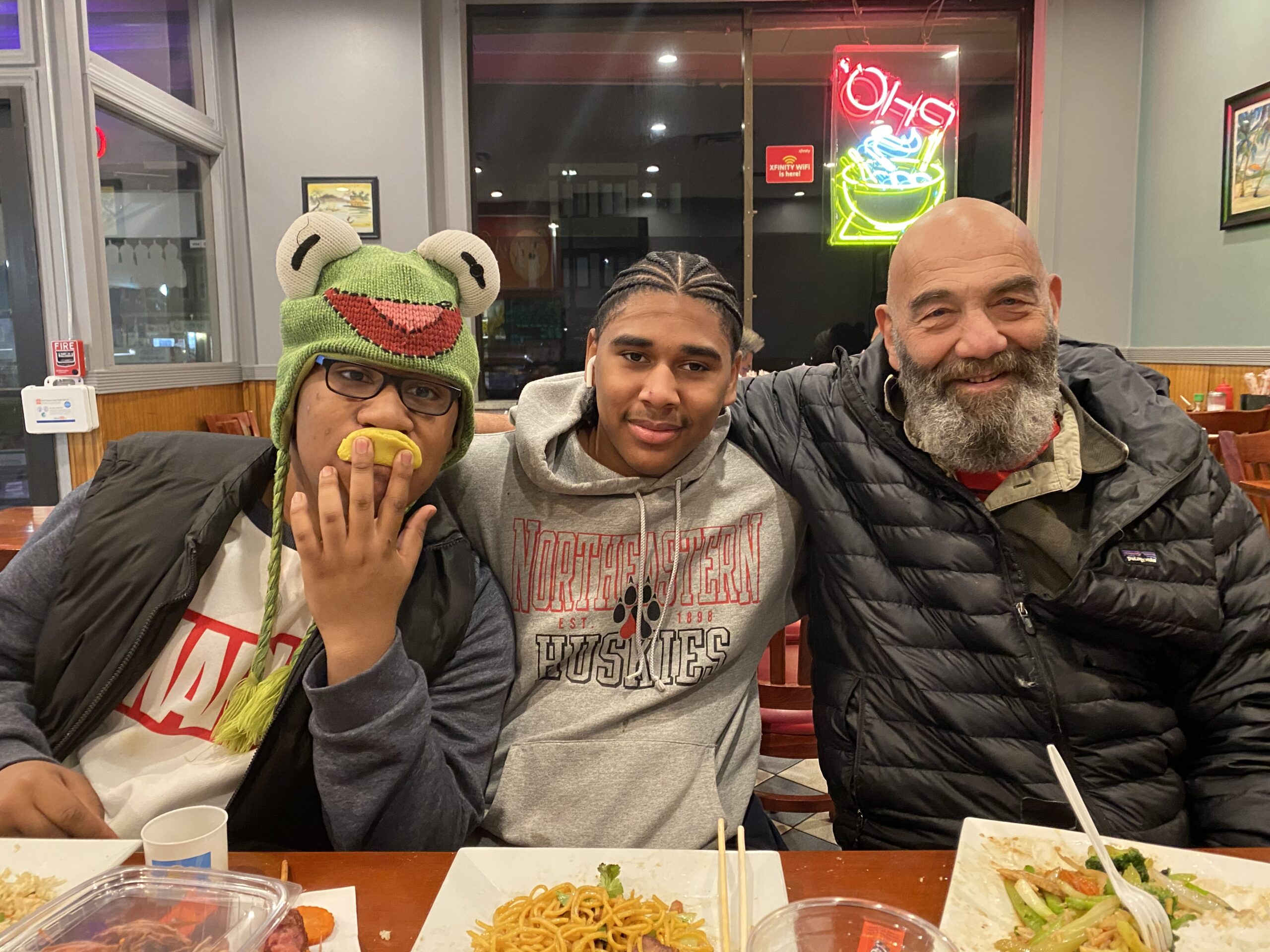
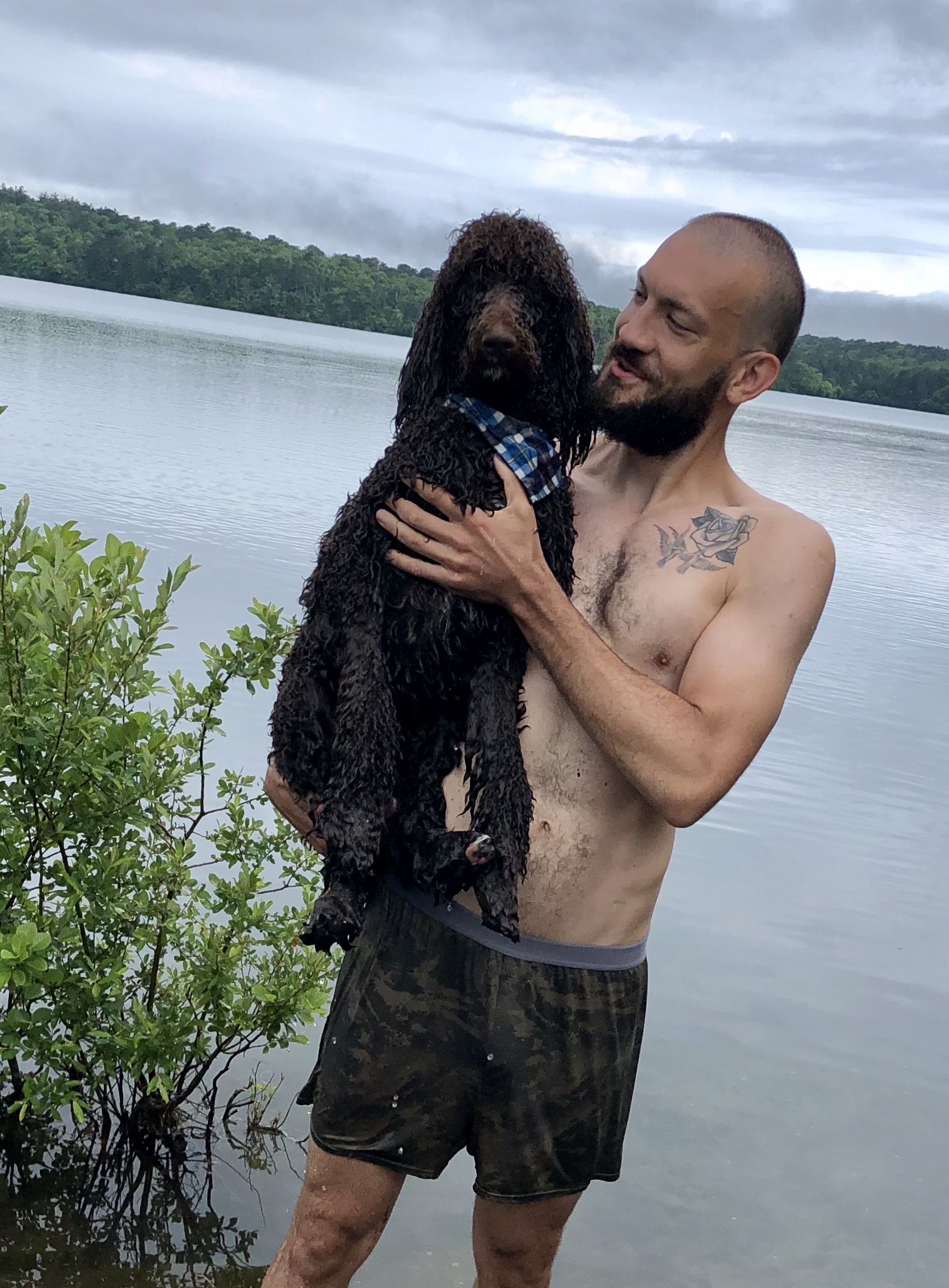
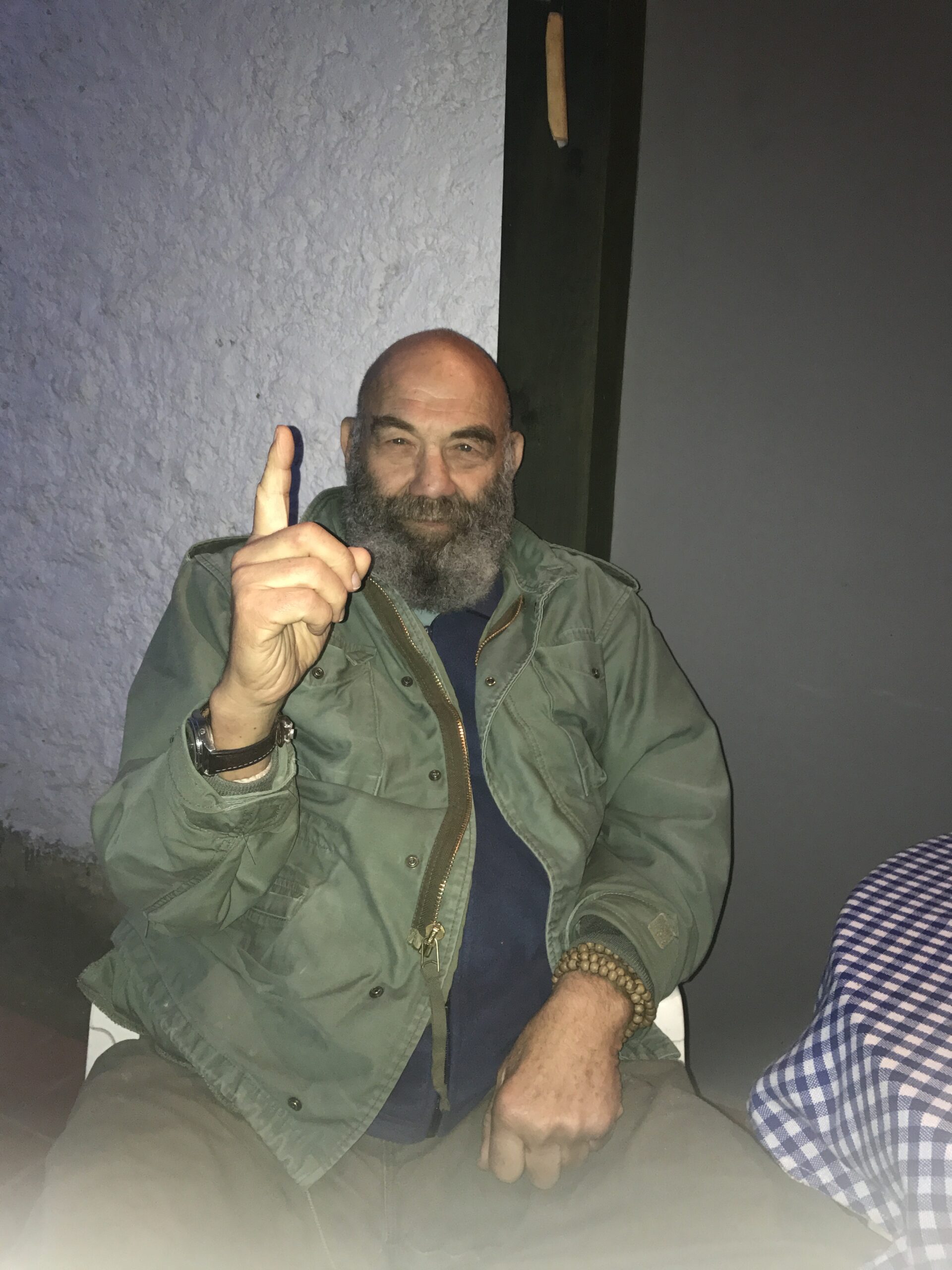



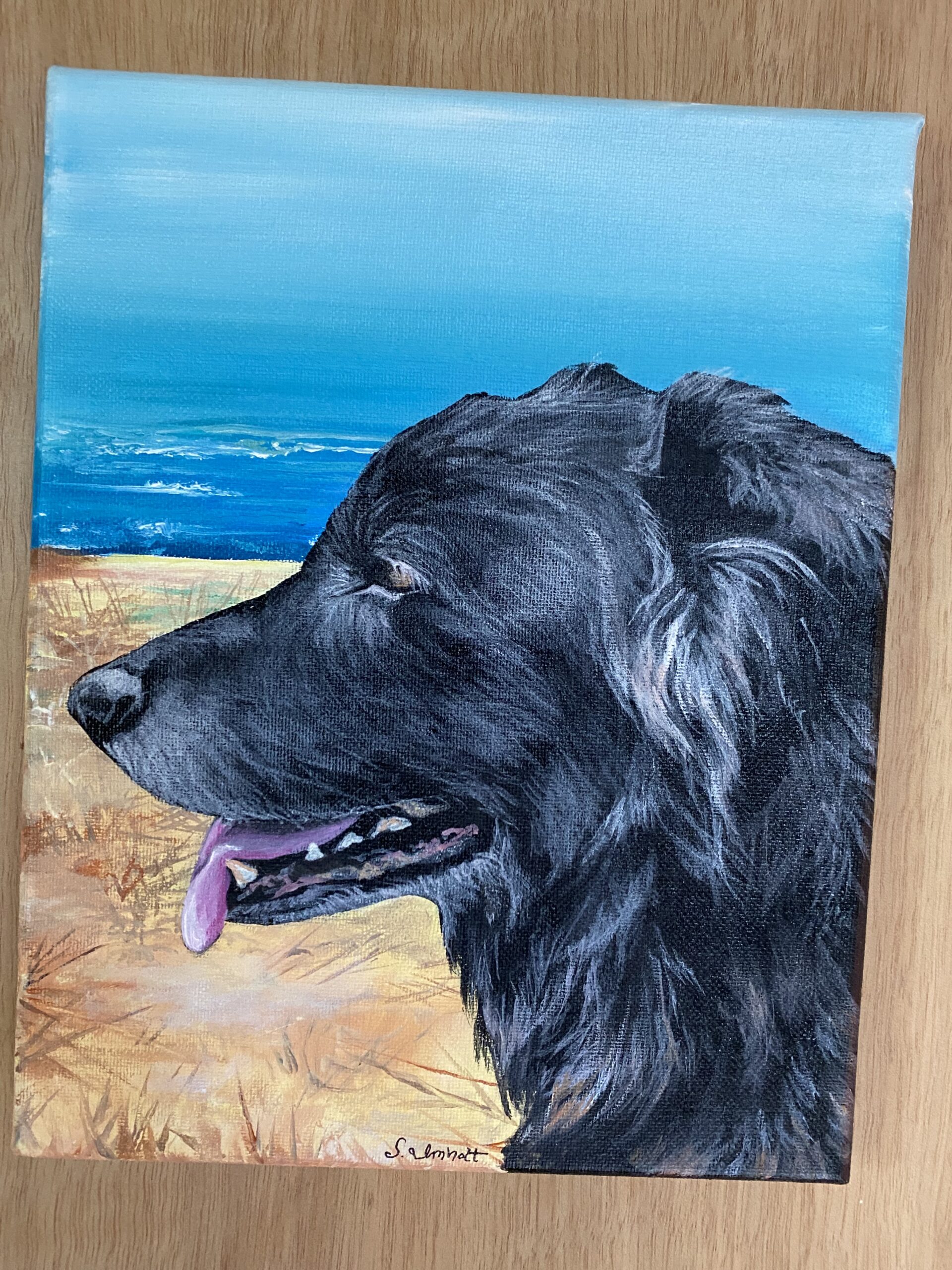
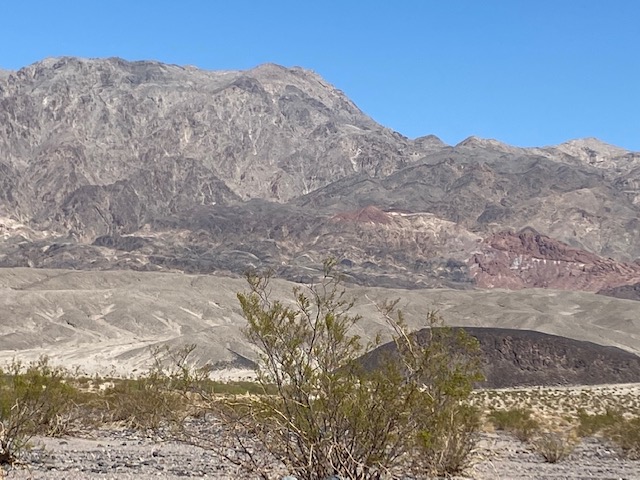
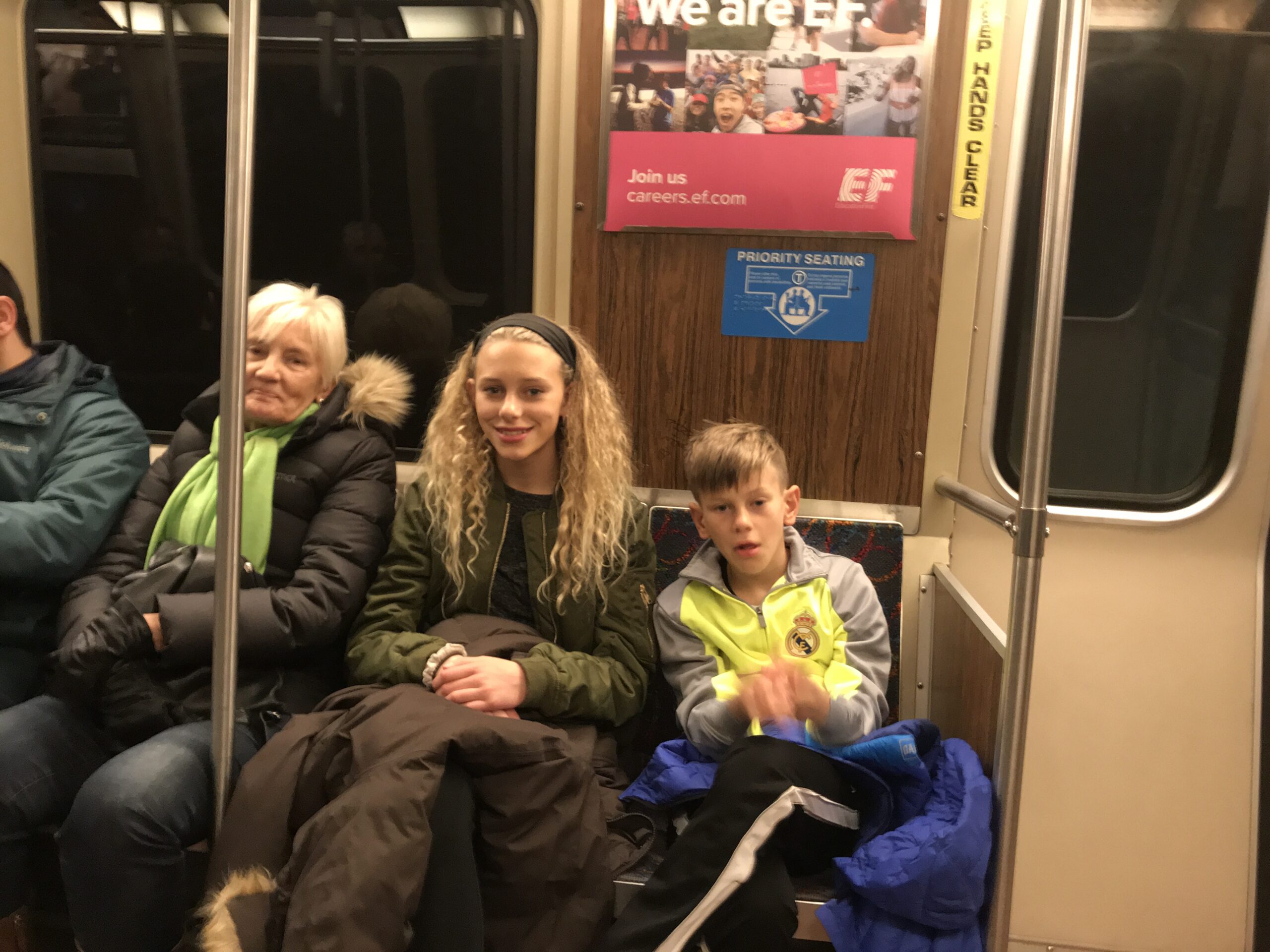
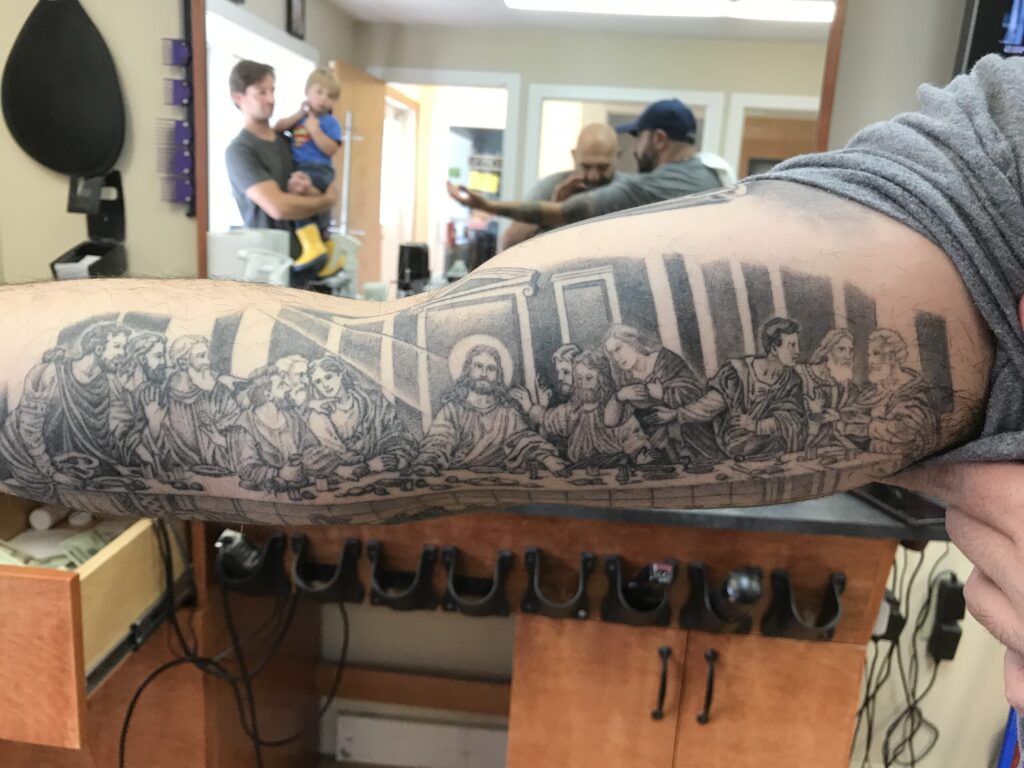
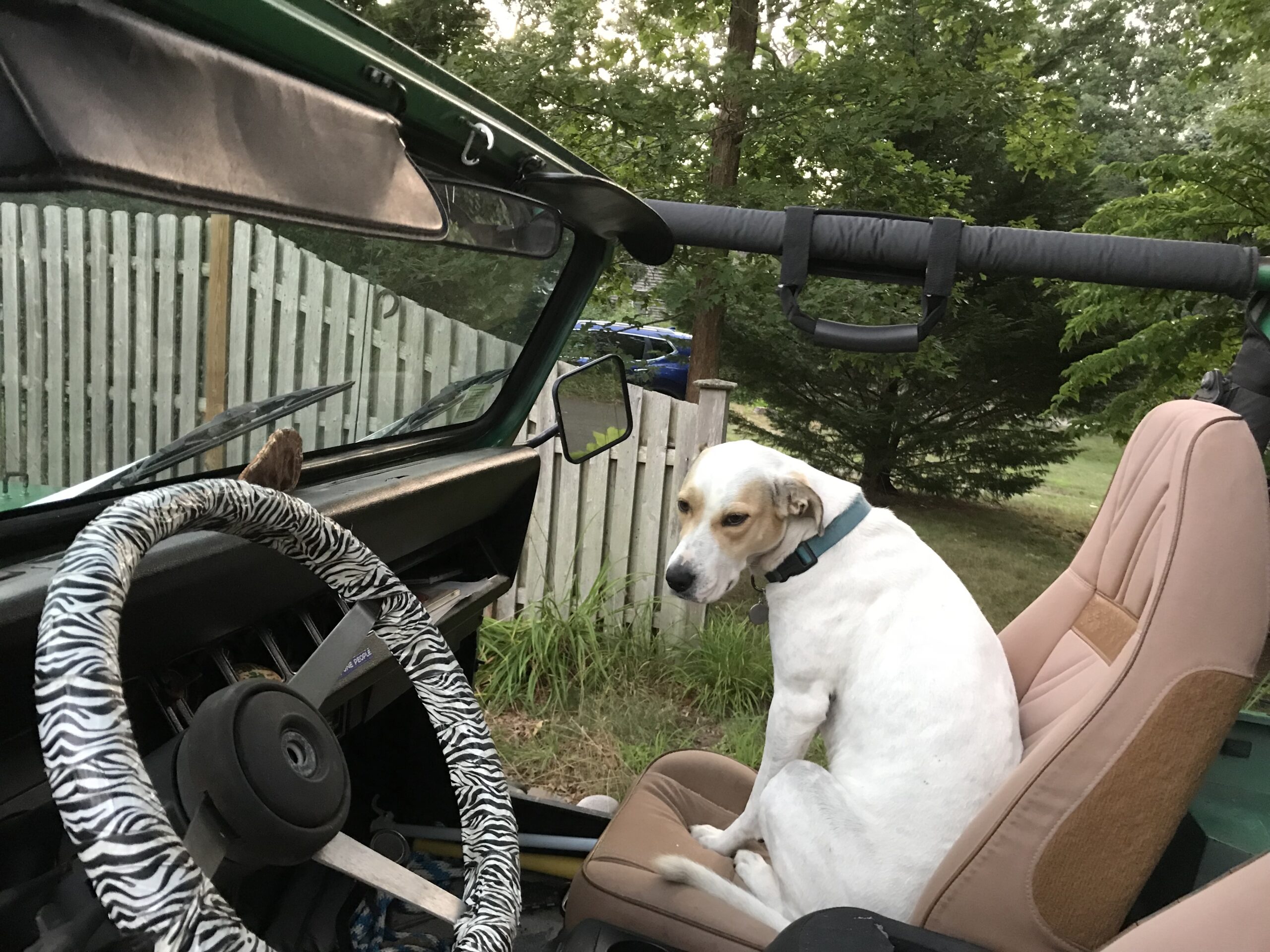

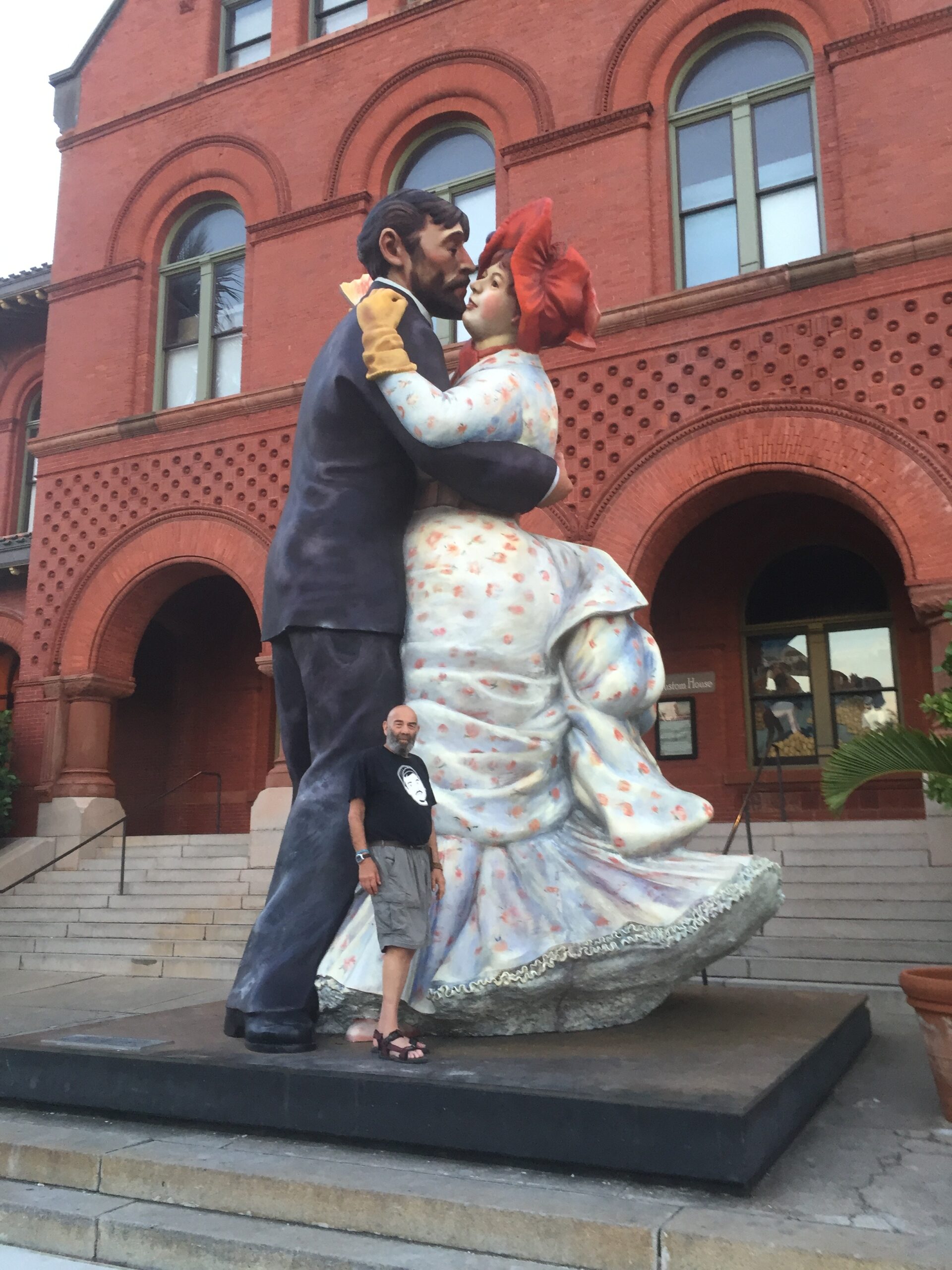

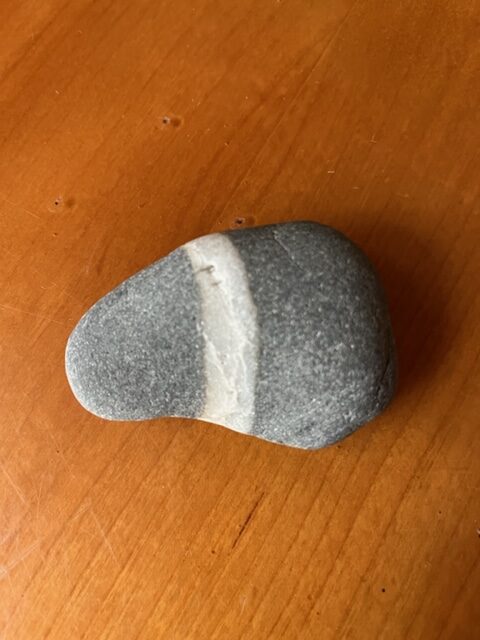
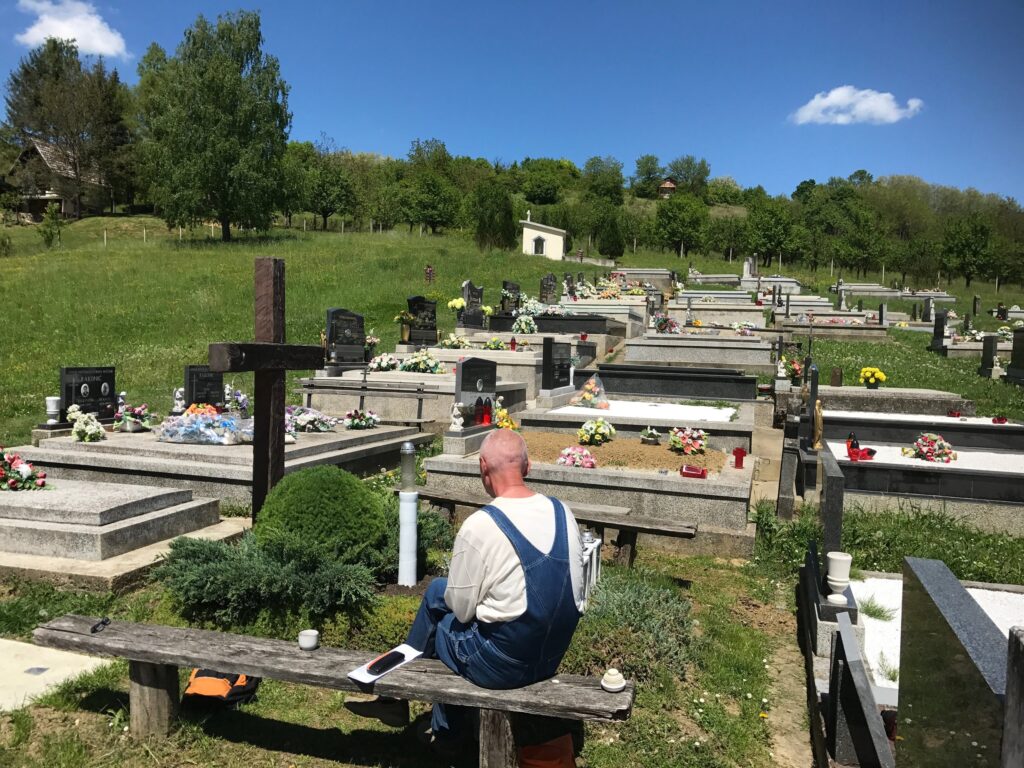
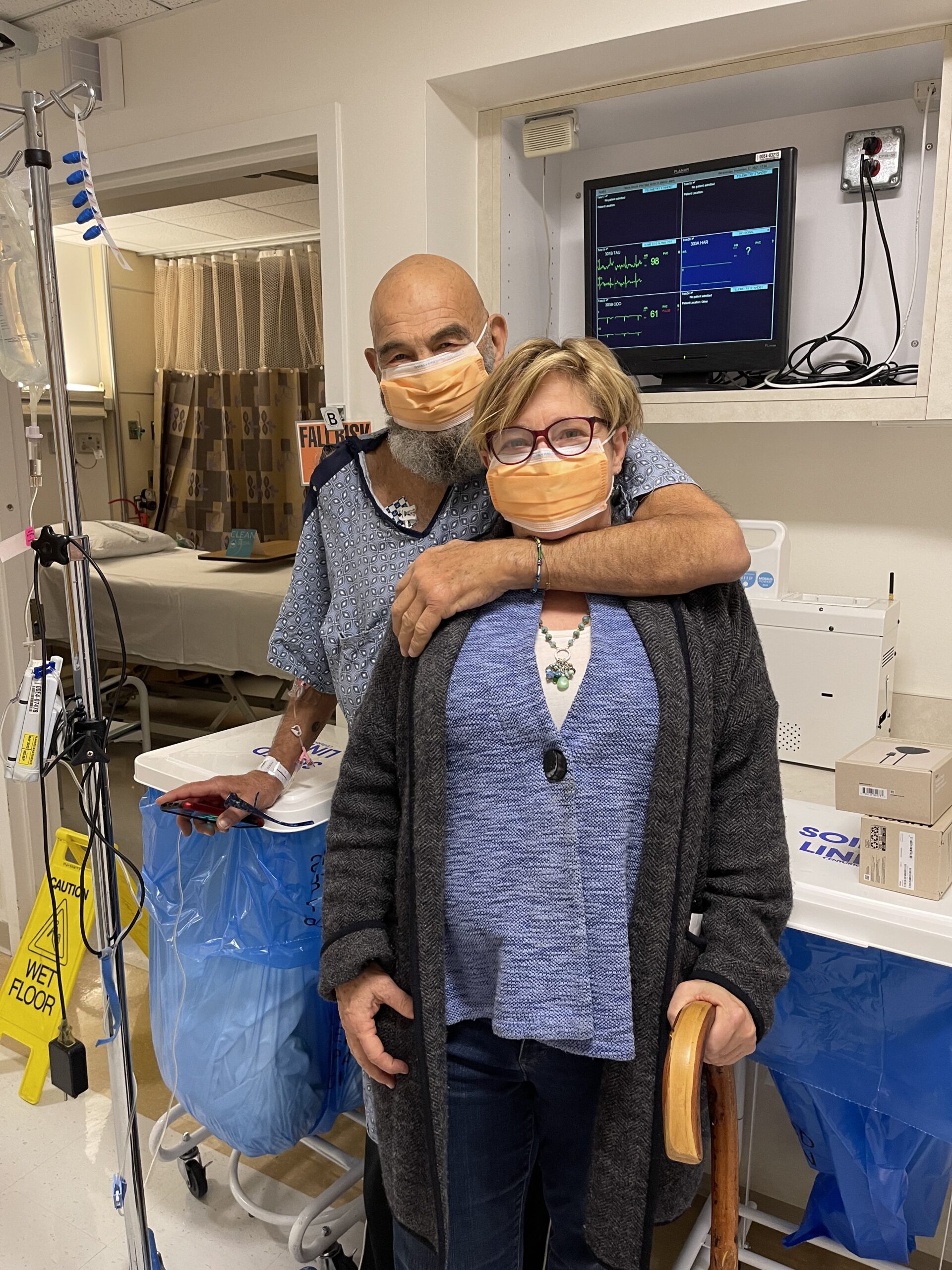
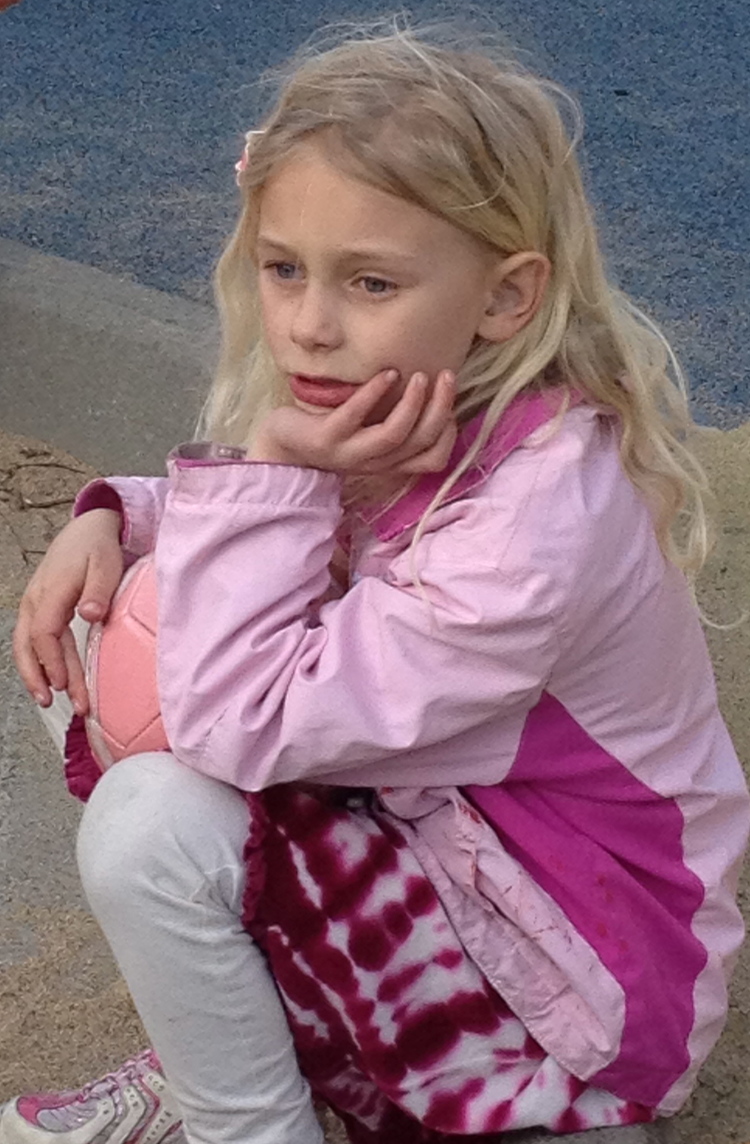
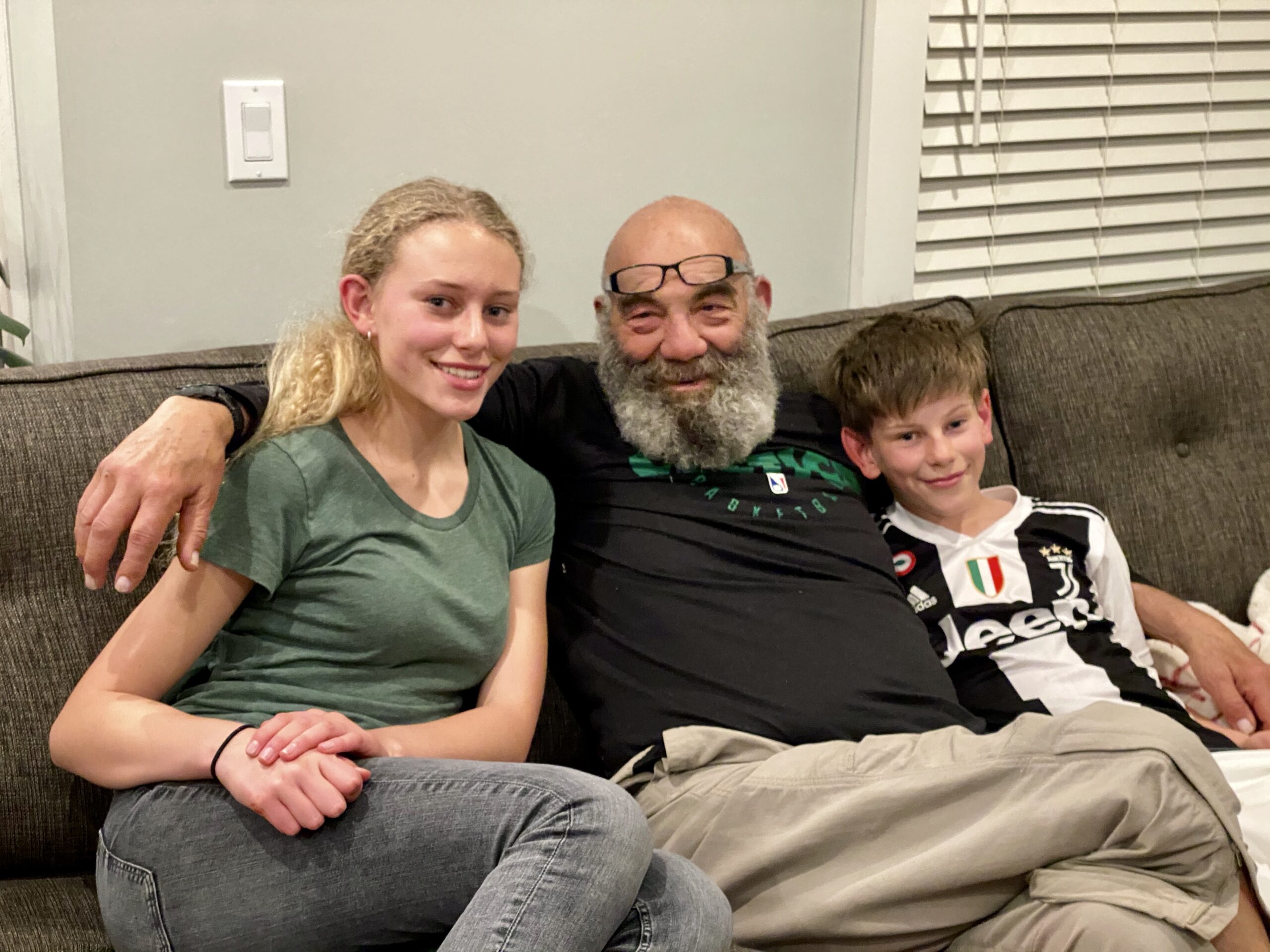
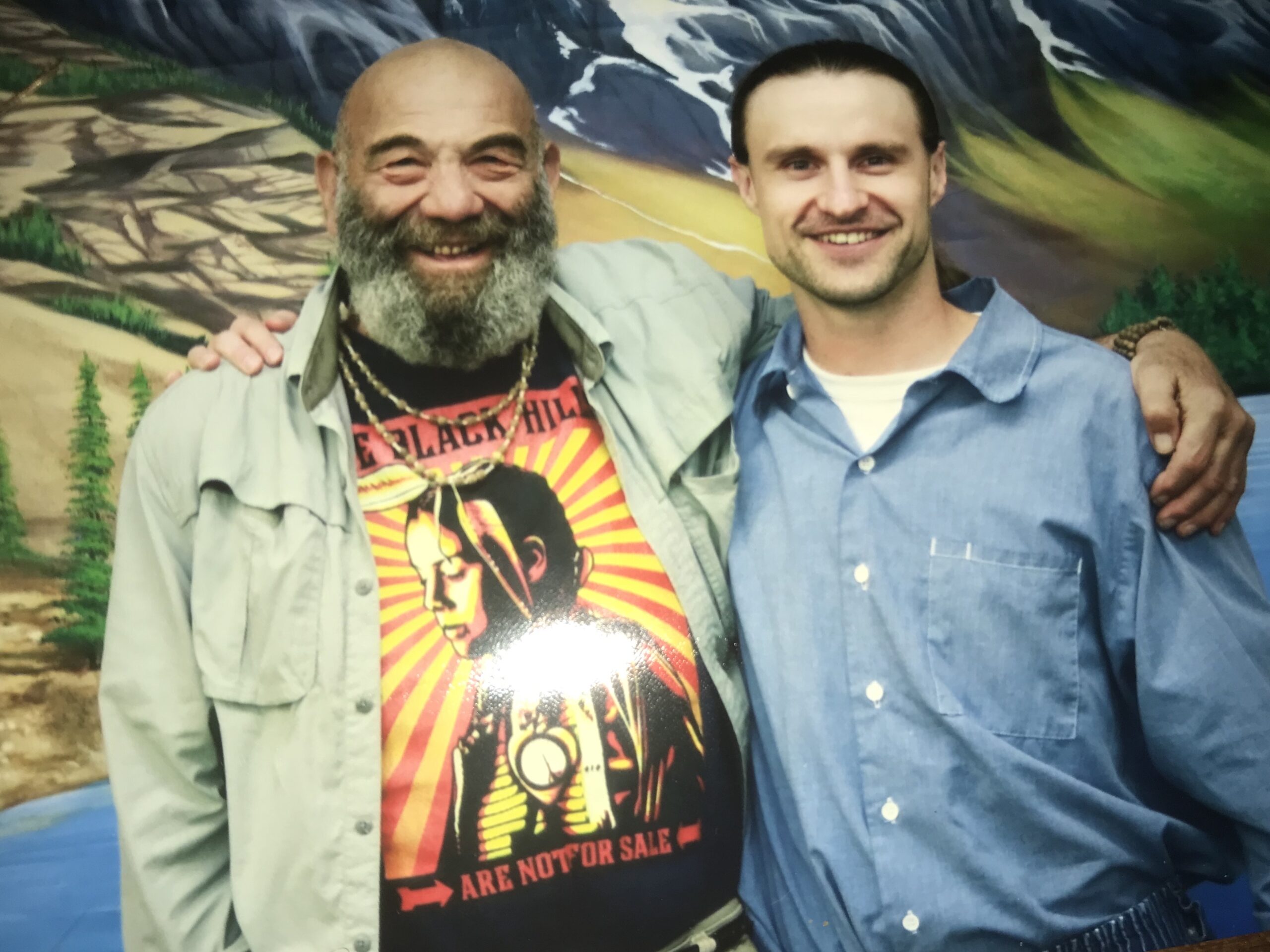
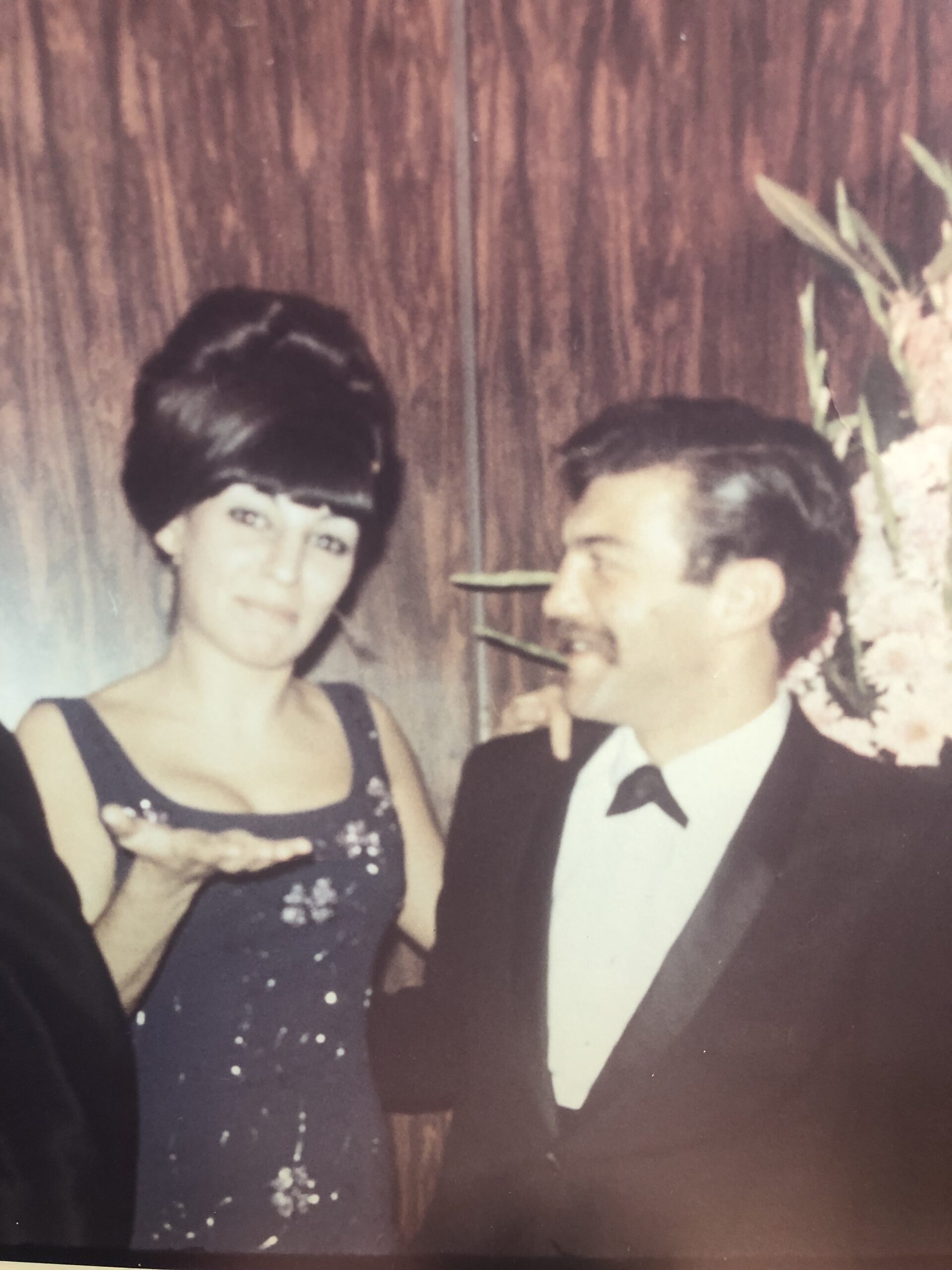
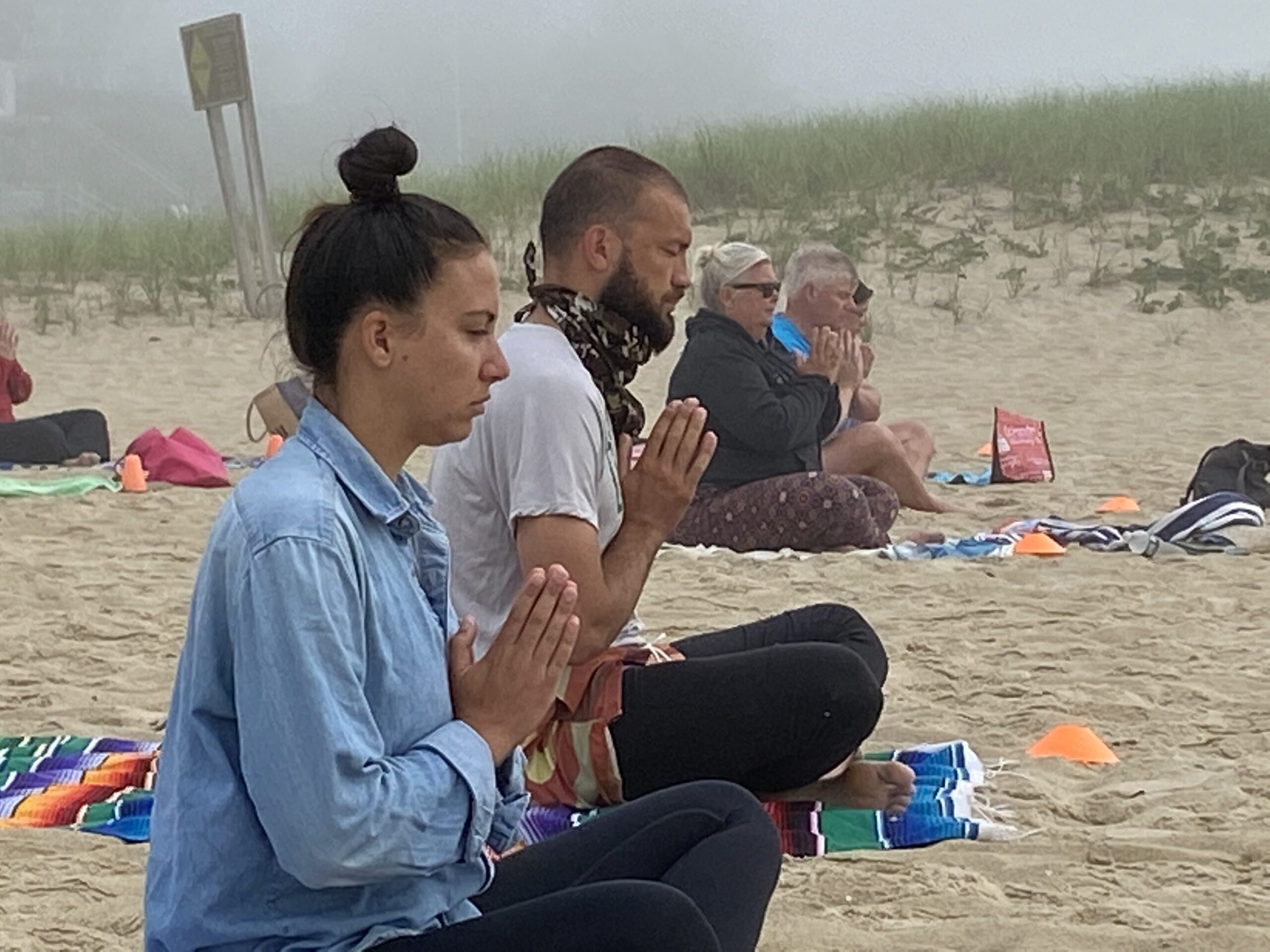
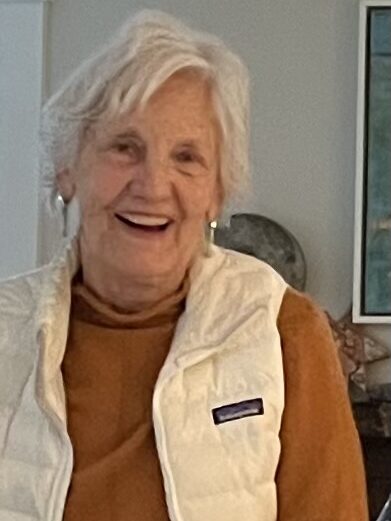
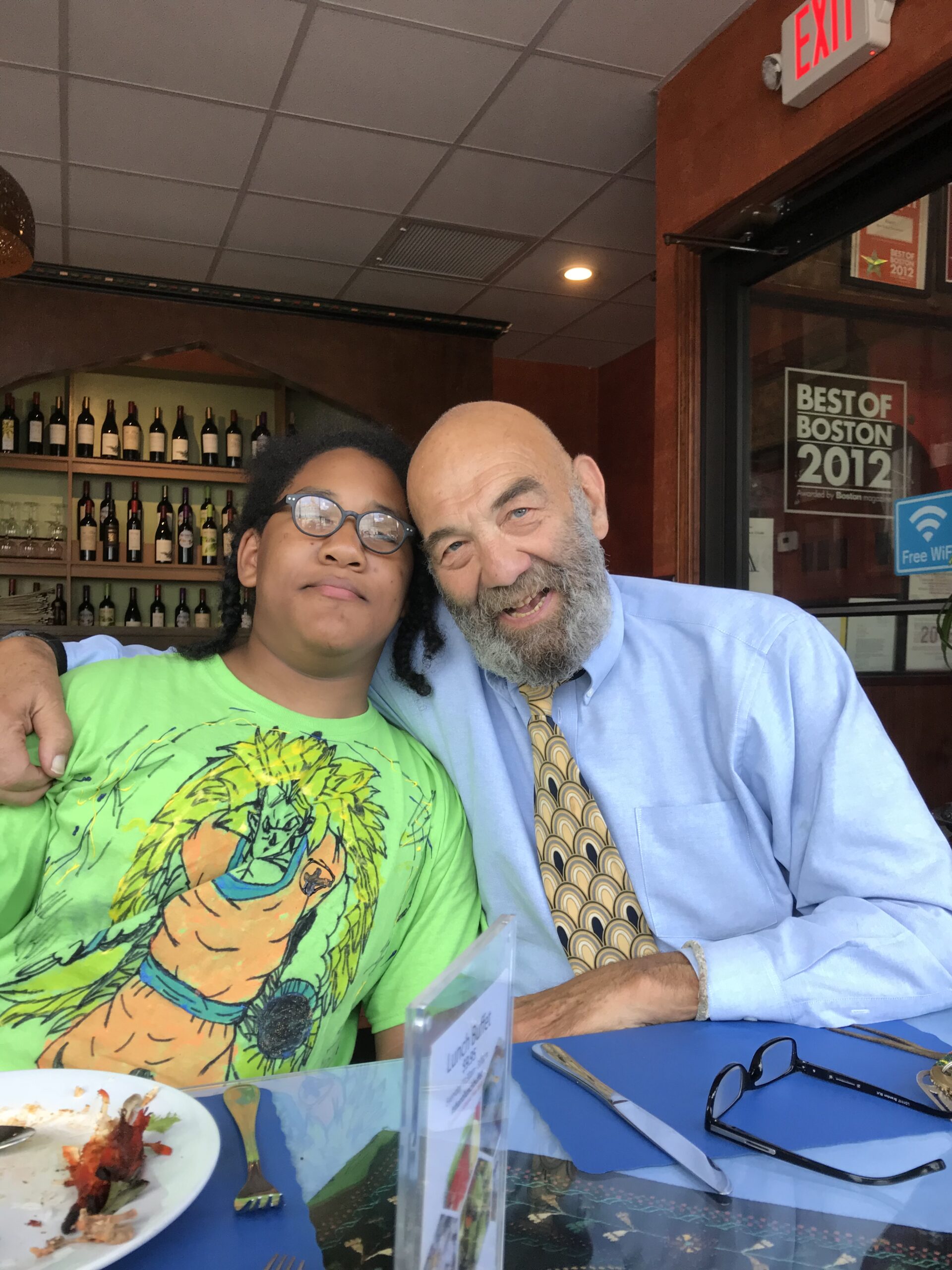
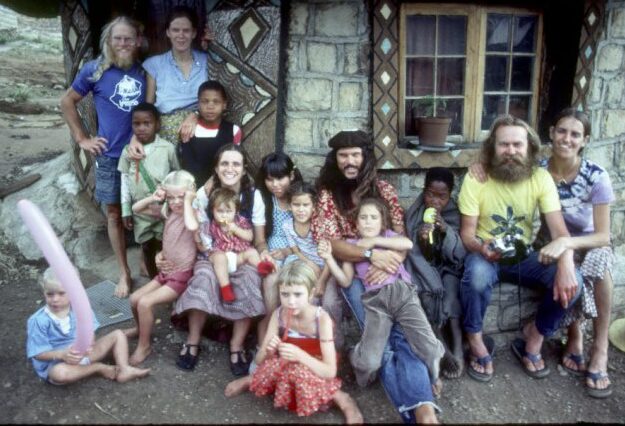
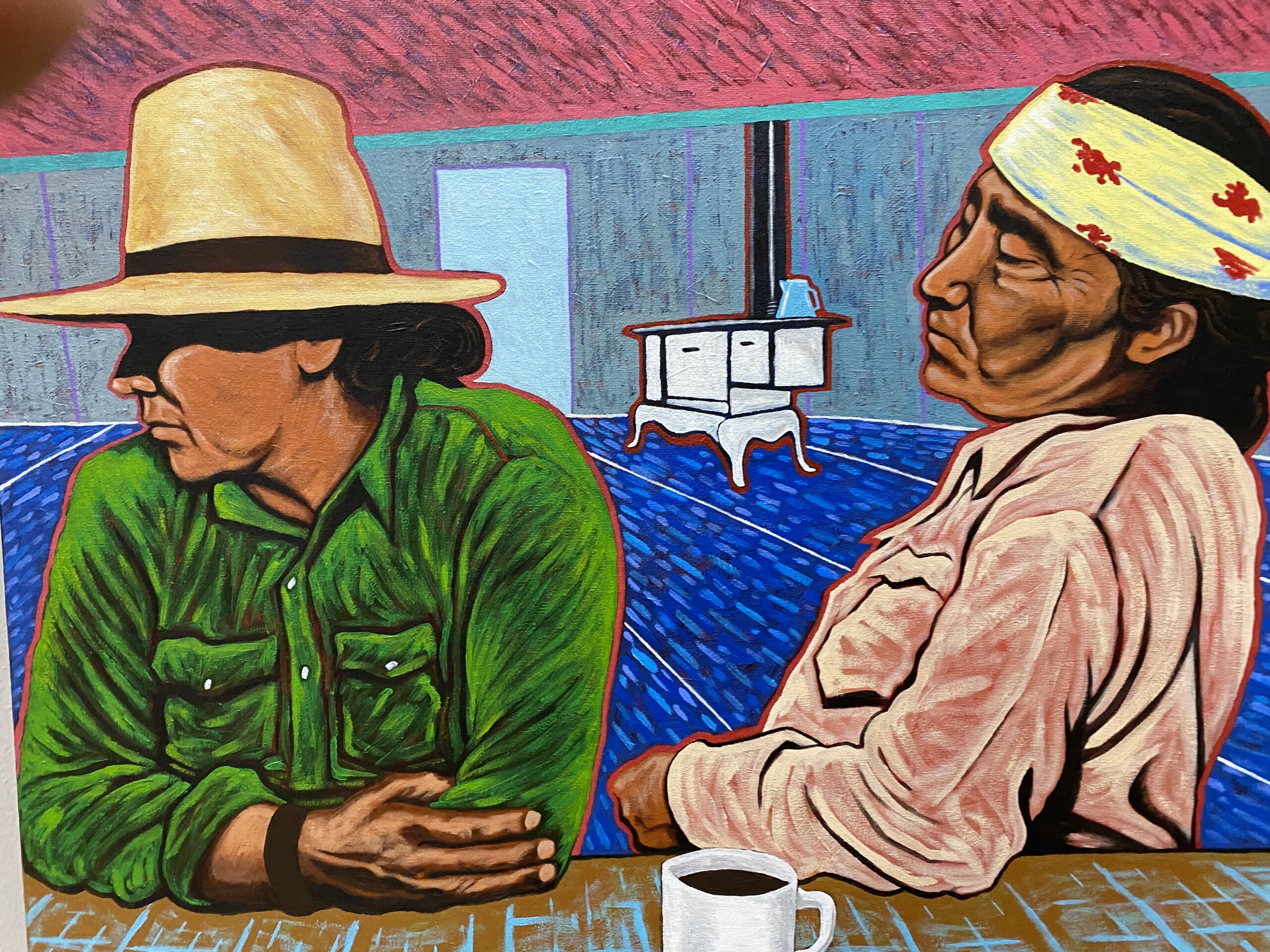
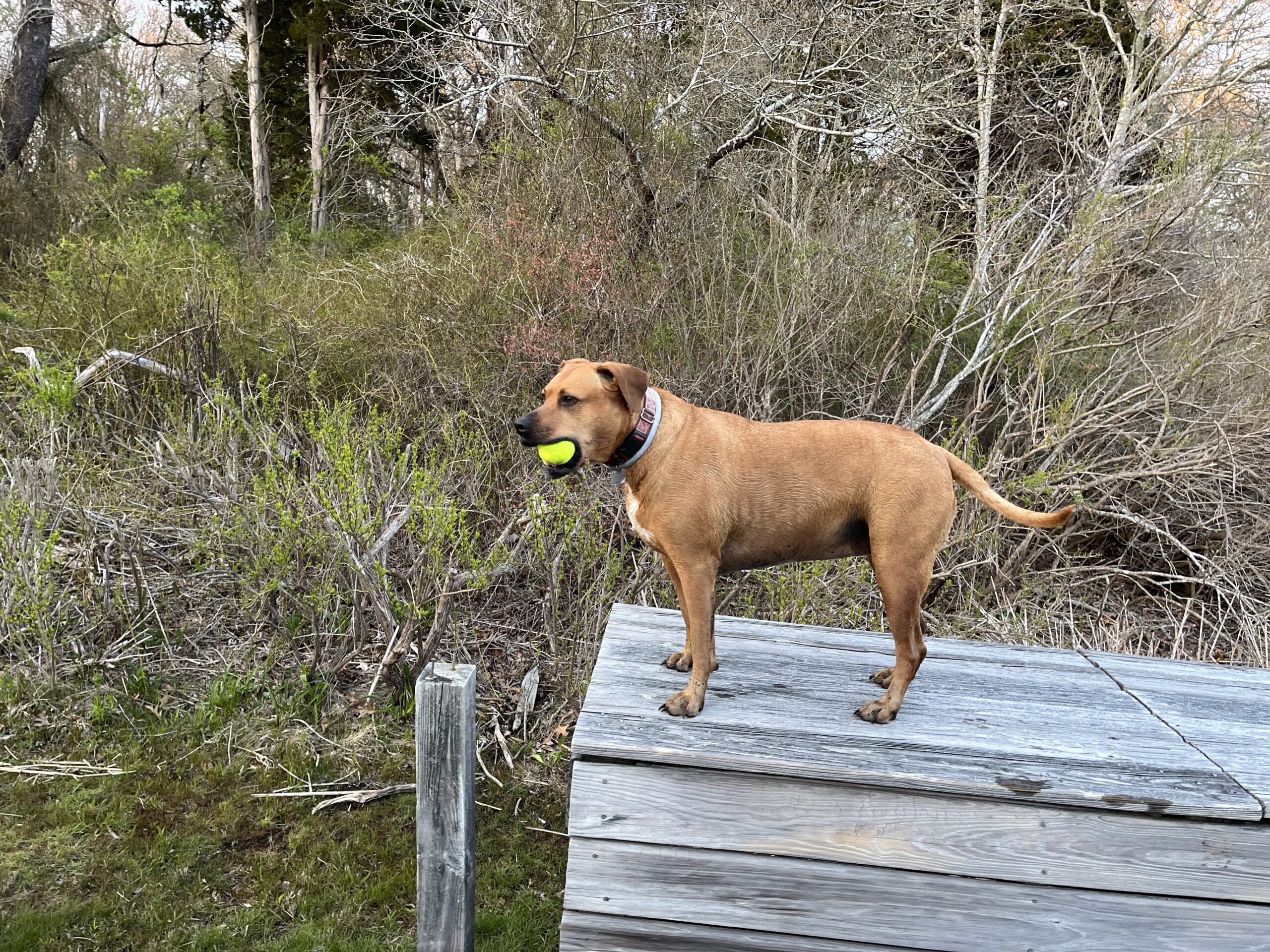
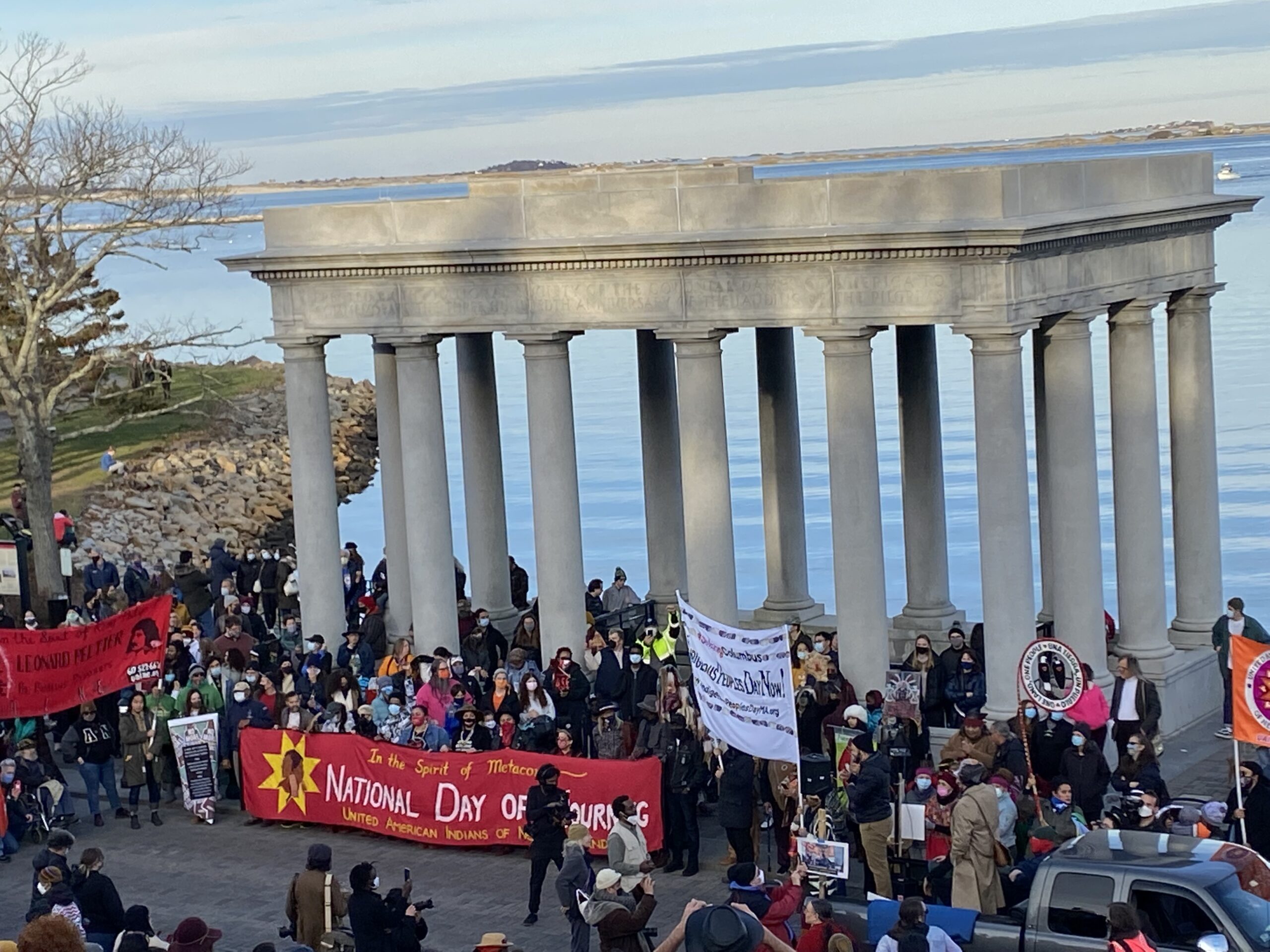
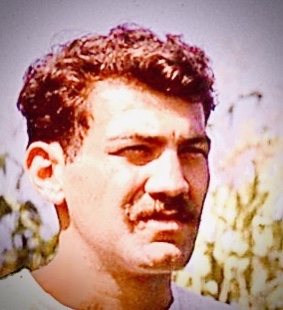
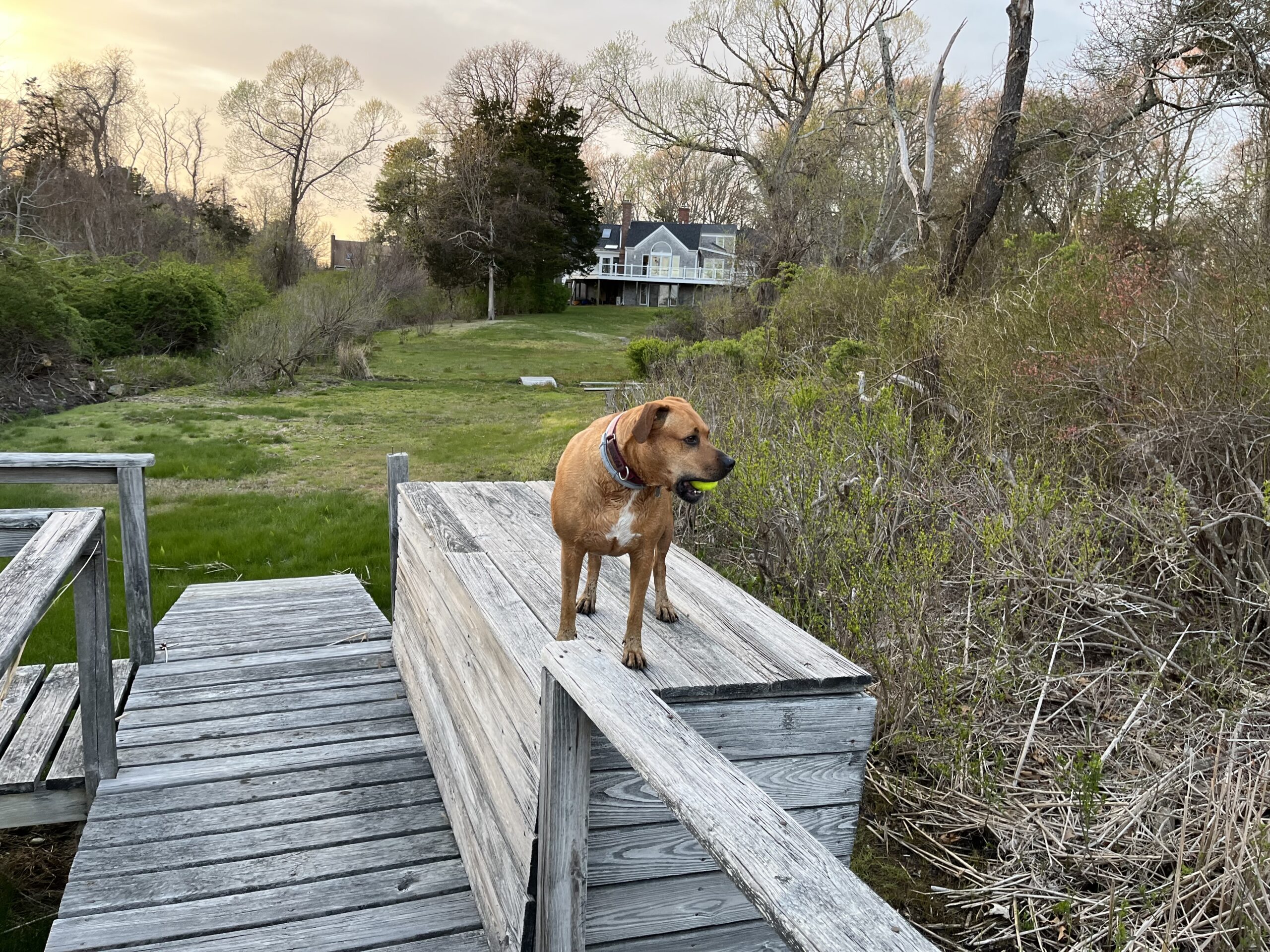
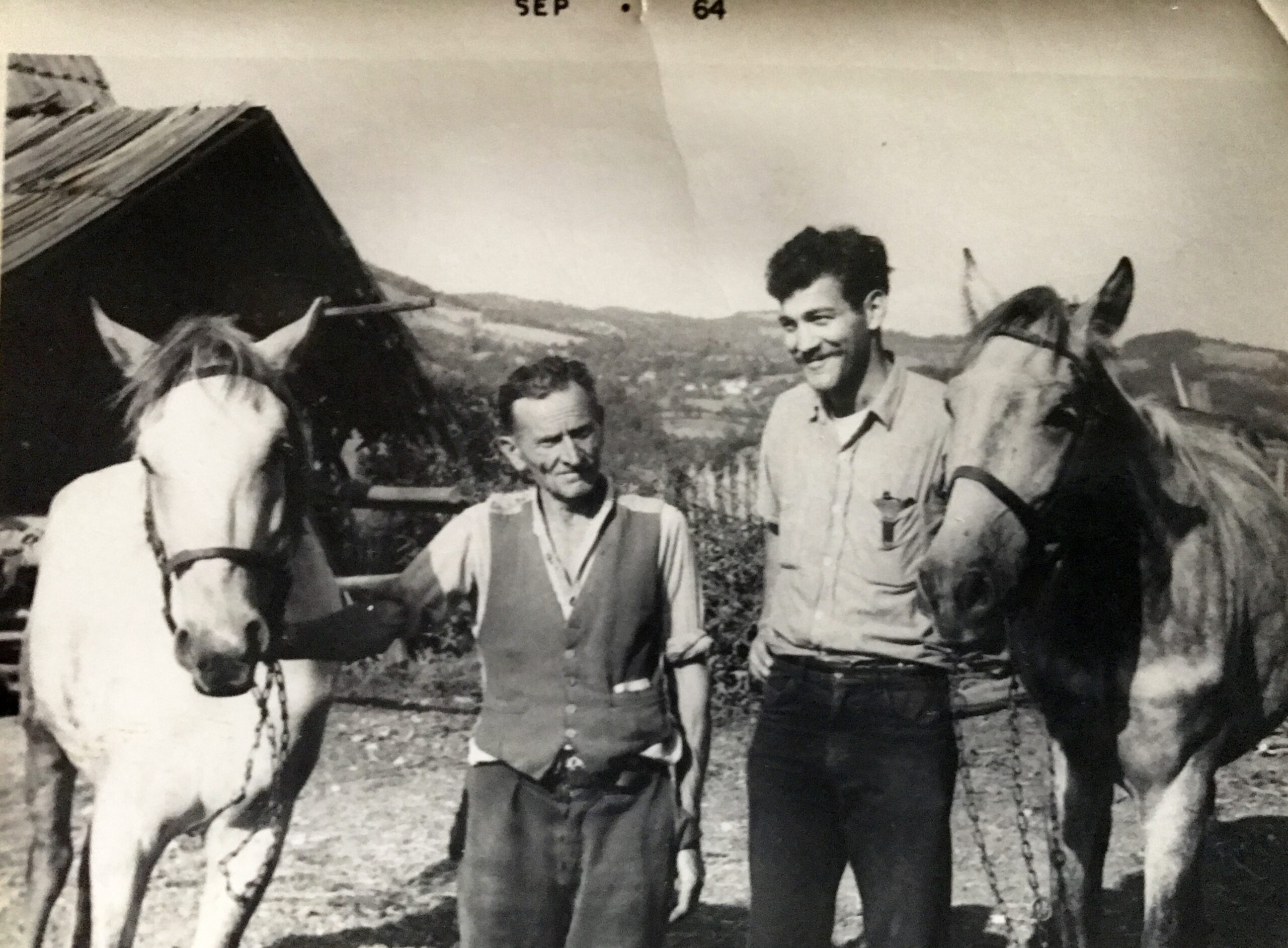

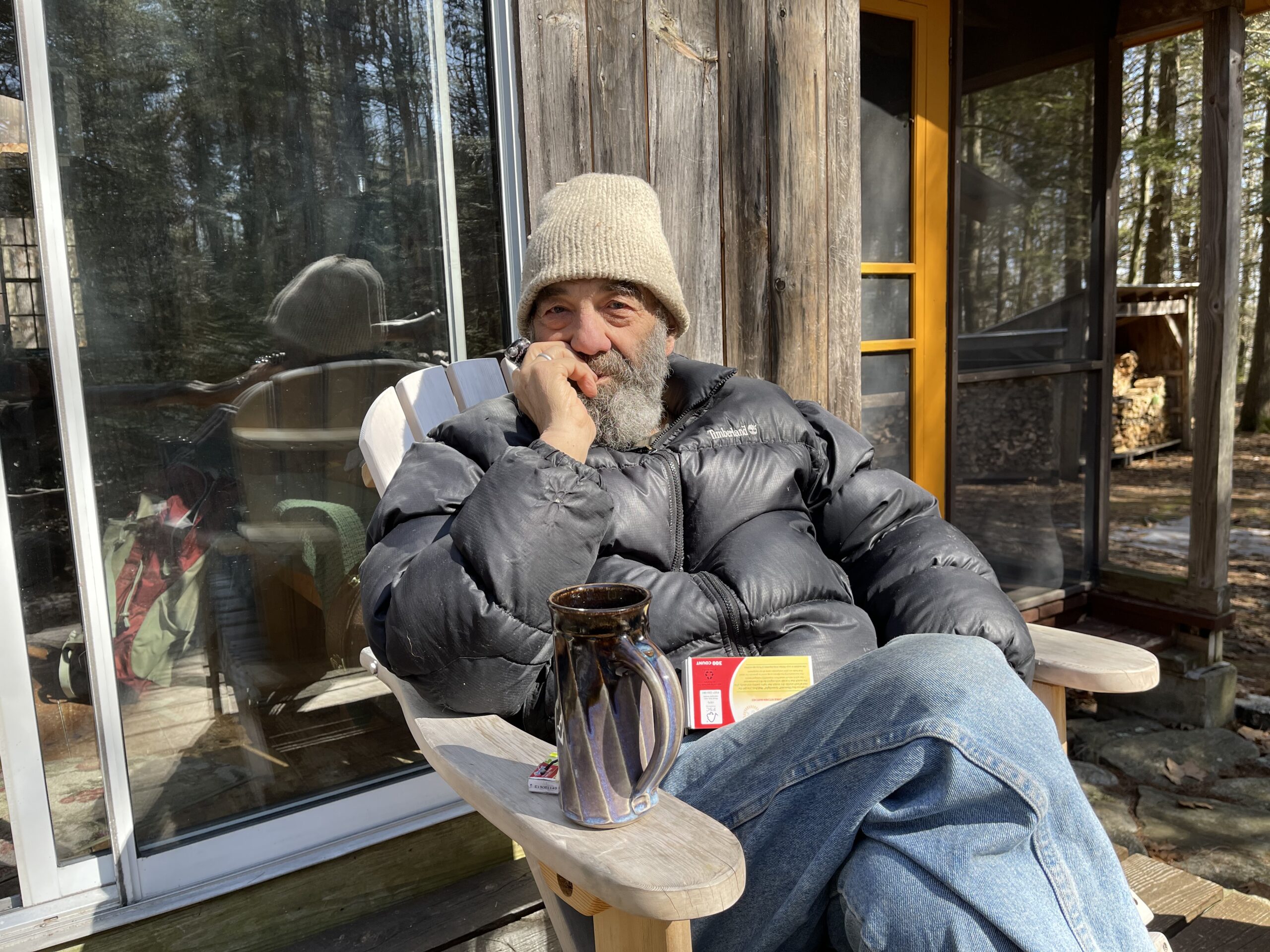
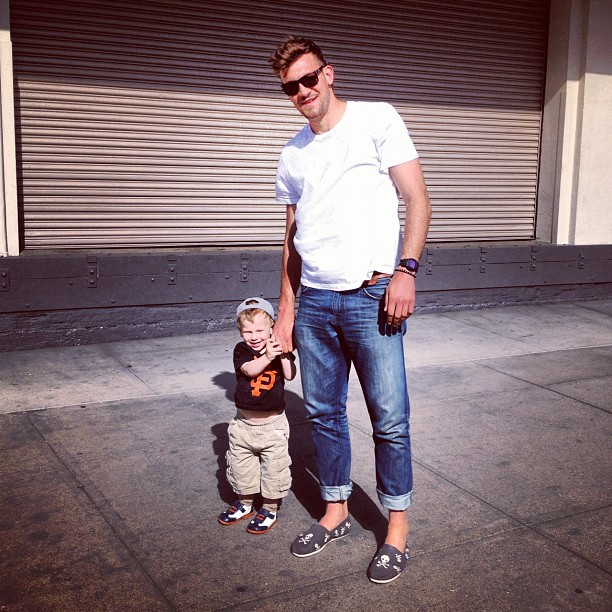
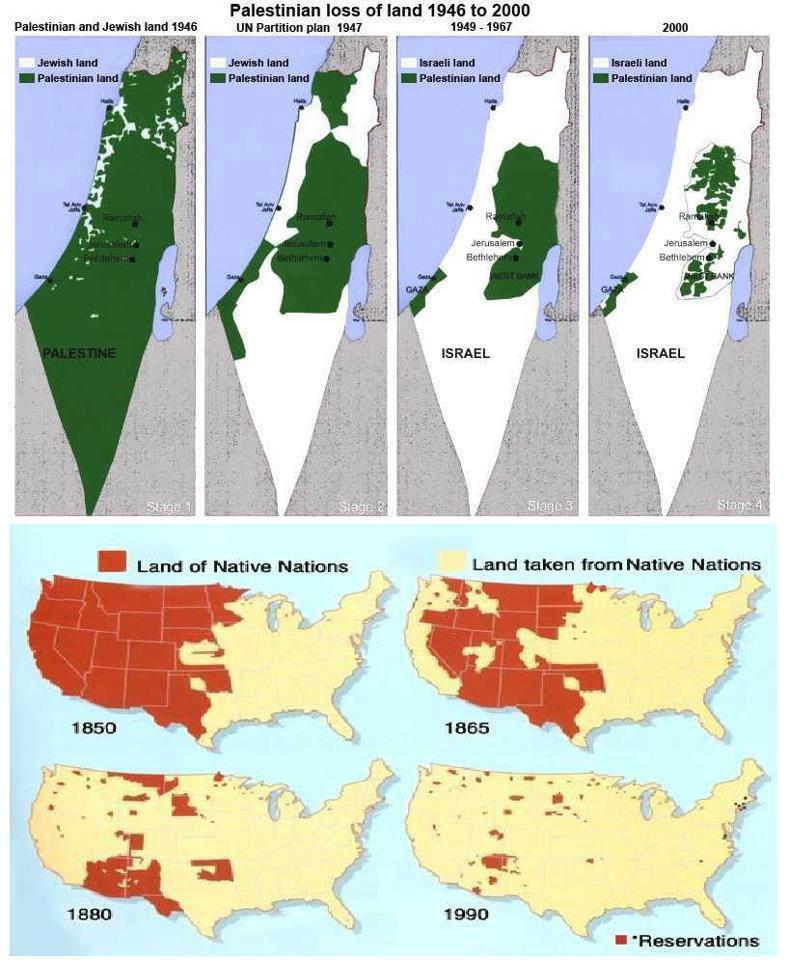



Kevin Garnett in Africa
When crossing the border
Which you do on foot
From Tanzania to Kenya
The sign that reads, “Welcome to Kenya,”
Which has seen better days
Also marks the start of a strange little piece of Earth
Where you’ve departed Tanzania
But not yet officially entered Kenya
Not until you reach the visa office
Some hundred yards away
And it is in this very space
That dozens of colorfully bejeweled and beaded Masai women
Some with absolutely stunning faces
Have established a free trade zone
Designed to separate the tourist
From any remaining Tanzanian shillings
Left pleading to stay close to home in his pocket
Their technique is masterful
As they grab dozens of colorful necklaces and bracelets
Hold them out to you by the handful
Offer them to you at genuinely low wholesale prices
Bracelets and necklaces you really don’t want
Which they are slipping onto your wrists
And hanging about your neck
As you worry about pickpockets and say
“No, no, no,” in English, German, Mesopotamia, and Swahili
As kindly as you can
“Then keep them as a gift for your wife,” they say,
“Your girlfriend, your daughter, your mother
Take them, they are yours.”
At which moment
You first notice the young tall African man wearing the extra large,
Green T-shirt with the number 5 on it
The word Celtics on it,
And the name Garnett, your favorite player, on it
Standing on the court as it were, here in no-man’s land
Wishing you had your camera
Which is still in some illegal pawnshop
On the wrong side of the tracks in Moshi
Hoping that you will rescue it
To take pictures with it like these
Of the incongruity of Kevin Garnett
Your favorite player
Here in no-man’s land
Against the backdrop of trailer trucks clearing customs
and bejeweled Masai women
When the man sees you looking at him
Approaches you
Asks what you are looking at or want
So you point to his shirt
To the number and name on it
To the words on it
As you say, “It’s my team, my favorite player”
And before you have put your finger down
He has pulled his shirt off
And standing gloriously thin and beautiful above his belt
Just like Kevin Garnett does
He hands his shirt to you,
Says it is yours
As you are saying “No, no, no,”
In English, German, Mesopotamia, and Swahili
To which he replies, “I am African, keep it, it is yours.”
And you want it
Want to give him some money
Or at least a young goat
But at the same moment
The bus driver has taken your arm
Hustling you toward the visa office
And a customs officer watching the event unfold
Is pointing at you,
Moving toward the scorer’s table,
Motioning that you are to give the shirt back
To the half naked Africa standing in no-man’s land
Maybe a little drunk, or a tad crazy,
Or someone with poor impulse control,
Or poor boundaries at the borders, you joke with yourself
Handing him back his shirt with regret
Enter the visa office
And exit ten minutes later
An official visitor to Kenya
About to get back on the bus
Greeted by the same coterie of Masai women
And one familiar Kenyan man
Wearing a black jacket
You cannot imagine where or how he found so quickly
How he grasped the situation so quickly
And is waiving what is clearly your green Kevin Garnett
Number five, official NBA T-shirt
And notwithstanding the bus driver
Trying to move you along
And a bus filled with Indian’s, Kenyans, Tanzanians, and Americans
Who also want to move along
You reach into your pocket
Giving the man your last ten thousand Tanzanian shillings
The equivalent of about seven U.S. dollars
As he gives you the shirt
The Masai women screaming at you
And at him
At the injustice of it all
The ridiculousness of it all
That you are paying for a dirty green T-shirt
When you could have a jewelry box filled with treasure
For even less money
And the bus driver is blowing his horn
And the passengers are waving you forward
And you climb onto the bus
With your new shirt
Checking your pockets
And waving at the Kenyan Kevin Garnett
Who has clearly made the winning shot at the buzzer
And is smiling.
Poetry


Performers of Khmer Music
I have also encountered at least a dozen bands playing classic Khmer music that advertize themselves as being comprised of land mine victims, and indeed all of the musicians have limbs missing, leg prostheses in evidence, holding bows with the stubs of arms, or are blind. Although not widely reported internationally, there is even today a “small” border skirmish going on between Cambodia and Thailand that is the lead story in the local newspapers, and as a result of which casualties are being brought in to the local hospital.
CAMBODIA
TRAVEL DIARIES
Planning
I am planning on traveling in sub-Saharan Africa and hope to be there for two full months. I intend to begin my journeying there in late November, 2012 going from Johannesburg, SA, where I first arrive and will stay a day or two to recover from the flight, to Meseru, Lesotho. I have a lot of work to do before I depart. And it is not gratuitous to say I’m not as young or fit as I used to be and that my aging spurt since returning from my last voyage requires immense accommodation including carrying a complete pharmacy of daily and emergency medications that take up half my little pack.
I record my “plan” here to see how much comes to pass, leaving boston 11/26 to Joberg, SA and some local travel including Lesotho b4 returning to Joberg and b4 camp Sizanini starts. I plan to fly from joberg to dar es salaam tanzania on the afternoon of 12/19/12 with my sister Sheryl, who will also have been at the camp. in Tanzania we plan to go on safari, and then on to Zanzibar, after which she’ll return home and I’ll go on – inshallah – to Moshi, Arusha, the Serengeti, Olduvai, Ngorogoro, and from there overland to Nairobi –despite state department warnings – and then on by air to Addis and Lalibela in Ethiopia, letting Eritrea go, based on state department warnings, and maybe if there is time to one west African country (Senegal?) … and, if sam is in euro, to come home via a visit w him and a return flight to boston probably around 2/4/13. Man tracht got lacht.
My sister Sheryl plans to rendezvous with me in Joberg in early December before we spend 10 days as international volunteers at Camp Sizanini, http://www.globalcampsafrica.org/programs/, a camp aimed at enhancing the lives of vulnerable South African boys and girls aged 10 to 15 by providing HIV/AIDS prevention education and training through high-impact residential and day camp experiences and continuing education. I trust there will be more to say about Sizanani anon. Camp ends 12/18, after which Sheryl and I fly to Dar es Salaam, Tanzania, and from there on to a tenting safari deep into the bush. http://www.kwihala.com/ruaha.htm. Christmas morning we fly from Kwihala to Zanzibar, after which Sheryl will return home and I’ll go on – inshallah – to Moshi, Arusha, the Serengeti, Olduvai, Ngorogoro (all inTanz), and from there overland to the Masai Mara and Nairobi, in Kenya – despite U.S. state department warnings – then on to Addis and Lalibela in Ethiopia, (but not Eritrea – in deference to U.S. state department warnings), and maybe, if there is time, to Senegal in west Africa, returning home around 2/2/13. But as I need to say … and as we all know too well … man tracht got lacht. So I’m counting on your good wishes. And the good intentions of the guides.
AFRICA
TRAVEL DIARIES
Random Travel Notes
Random Travel Notes
- I’m walking late at night through the somewhat busy streets of Madrid when I approach a very chunky obvious woman of the night in short skirt and tights standing on a street corner with her eyebrows. She catches me looking at her, her excess makeup, her sad alert face, and says to me in Spanish, “Come on. Let’s go.” And I say, “No, thank you.” Yes, I really do say, “thank you,” ever the well trained, polite, courteous if not courtesan older man. And she, of course, says, “Why.” And I can say, in Spanish, which gives me immense pleasure, “Because I have a woman I truly love very much.” And, although I know this is purely my projection, she looks at me admiringly, respectfully, acceptingly, as she smiles and turns away.
- I am on the Metro headed for the Madrid airport and my flight home early on Sunday morning. Across from me seated alone on the train is an African woman staring at me. Very odd for an African woman to be starting at me, especially since she is obviously not a “business” woman, and when she sees me looking back at her she points to my shirt, a lovely purple T shirt I bought for three dollars at the Monastery of Debre Libanos in Ethiopia that has Amharic writing on it saying “Debre Libanos,” that I already deeply prize, but has faded with multiple washings very quickly, as has the obviously Ethiopian Orthodox cross on the front of the shirt faded, such that the shirt appears old and well worn.
“I am Ethiopian,” she says smiling broadly at the mystical and unlikely possibility of connecting with Ethiopia – and an Ethiopian guide – as she heads for church of a Sunday morning on the Metro in Madrid, “and I couldn’t help notice your shirt. Are you from Ethiopia?”
“No, I bought this shirt when I visited the Monastery at Debre Libanos,” I say laughing and pointing to the lettering on my shirt.
To which she says, “It must have been a very long time ago.”
And although at the time, it had been actually less than two weeks, it did already seem like an eternity, and I said, “Yes, it was.”
AFRICA
TRAVEL DIARIES
So much to see
On the next day I have arranged for a guide, a driver, and a car – all for fifty dollars, 9 to 6, gas included. We visit half a dozen outlying villages where we walk around as my guide points out coffee and chocolate trees, cassava, mango, jackfruit, and papaya trees, long beans that are really really long, corn, hot red and green peppers, fish ponds, the biggest spiders you have ever seen, rice paddies, traditional house styles, oxen and baby oxen, butterflies the size of sparrows, and medicinal plants. We talk with people. They want to know where I am from, am I really traveling alone, why, and how old am I? We visit tapioca chip and manioc “factories” that are really just long, hot, dirt floor sheds with squatting workers who earn six dollars a day, a noodle factory, a sawmill. It is all very engaging, very revealing, the architecture unique, the enthusiasm of the people contagious. I am having a grand time.
SUMATRA
TRAVEL DIARIES
My Guide
I arrive in Sumatra by air at the provincial capital in Padang (pronounced Padong) and grab a taksi to take me straight to Bukittinggi, a town 100 kilometers north, and one of only two towns
Armando, insists we go on at least one short walk in the jungle. He takes me to Harau and the Harau Valley, which is stunningly beautiful. The jungle he picks is relatively tame, basically running along the base of the steep valley cliffs. Nonetheless the footing is slippery and wet with roots and vines impeding steady progress and the “trail” is very narrow and uneven. Armando is hacking away with a stick at brush and branches much taller than I am. In places the trail disappears and at one point running along the edge of a stream I have to make my way 10 feet above the stream by grasping branches with my hands and placing my feet very cautiously on roots exposed by erosion, as if walking across a narrow ladder.
There are monkeys, of course, and beetles bigger than marshmallows, and red dragonflies. I recall that somewhere on this voyage there might be leeches. Flying leeches I think. I’m hoping this is not that place.
We’ve been out in the jungle nearly two hours as we start to walk out by approaching a knee high clearing on the other side of which is a stream and then rice fields. It is clearly the end of the trail and I’m starting to rejoice when I see racing across the clearing directly towards us a toothless man screaming wildly with a machete raised in the air. The man is running erratically in a zigzag manner. As he draws nearer it is also clear he is laughing hysterically. Armando starts to run away while I stand shocked and still. The man is running hard. He’s yelling, or swearing as he nears me and a then a small striped wild brown pig emerges from the field running straight at me, the man not far behind. The pig zigs. The man zigs. The pig runs past me within inches of my toes and is lost in the jungle. The man reaches me and surrendering the wild pig to the jungle waves hello with his machete, then squats breathlessly, lights a cigarette, and offers me one. I shake my head no and now laughing myself walk to catch up with Armando.
“I’m scared of pigs,” he tells me.
“You knew?” I ask.
“What else could it have been,” says Armando.
What else indeed?
armando leaving me behind
armando leaving me behind
IMG_5013.jpg
waterfall
waterfall
the end of the valley
woman working bellows
In Sumatra
First Impressions
January 15, 2014
SUMATRA
TRAVEL DIARIES
Anthropologist
Karl Heider – On the second morning, before I set out to visit even more remote traditional villages, I am chatting with my guesthouse host and casually mention that my interest in visiting Minangkabau villages – more let’s say than waterfalls, which surprises her – grows at least in part from the fact that I was once an anthropologist and that I lived for a time in a Moslem peasant village in Bosnia in the early nineteen sixties. Upon hearing this, a older gentleman sitting nearby gets up and introduces himself to me, saying he couldn’t help overhear my comments and of my interest in the Minangkabau, and that he is a retired anthropology professor emeritus who has studied and written about the Minangkabau for half a century. Okay. I know that most westerners will take this as only a random synchronistic event, no matter how opportune or nice it is. But for me it is a clear example of the further involvement of the guides, no less a sign that a snowy owl or crows my path. I love the guy instantly. His name is Karl Heider. Google him. And not only has Karl studied and written about the Minangkabau, but he has also lived with, filmed, and written about the Dani people who live in the highland valleys of Indonesian New Guinea – you know, the folks you see in National Geographic running around mostly naked raising pigs and yams – and he’s flying from here in Bukittinggi back to the New Guinea highlands – to Wamena explicitly – to see how the Dani are doing. And I’m headed to visit the Dani – in Wamena – in less than a month, although we won’t overlap. And I cannot begin to say how exciting this encounter is for me, how magical and affirming it is to be chatting in a manner I haven’t chatted with anyone since leaving anthropology and the academic world in 1967. I have almost total recall of names, scholars, theories, anthropologists who studied Indonesian peoples, scholars interested in personality, culture, emotion, childrearing practices, all things Karl is interested in and is as knowledgeable about as anyone on the planet. We talk about Mead, Bateson, Kluckholm, and Geertz, all of whom we both admire. We talk about theoretical anthropology versus observational ethnography. I tell Karl how much I love the film about the Dani, “Dead Birds,” which I own a copy of and Karl tells me he was on the expedition that filmed it.
I feel as if I have met an alter ego of mine, a manifestation of the person I might have become had I stayed on the anthropology track. We are both in our seventies. Anthropology excites and informs us. Only Karl is the real deal and I am a “what might have been.” It all intrigues and excites me. I regret I won’t get more time to spend with him. I pepper him with questions. I ask him for a synthesis of his findings and beliefs. We talk about the Dani, the Minangkabau, post-partum sex taboos, even peanut vendors. I ask him the broadest deepest questions I can. And good ethnographer that he is Karl tells me he deals on the micro and not the macro level. (He has published a text on yam planting among the Dani!) And after I can hold Karl no longer I dive into Google seeking all I can about him and about his work.
Later that day I’m out in the field again, visiting villages, thinking about which ones Karl visited living here in the sixties with his wife and three young children, seeing more than I saw the first day, eating even stranger foods, holding babies, having real and deep conversations, or so they seem to me. I’m in fucking Sumatra!! Did I say I was having a good time?
SUMATRA
TRAVEL DIARIES
Bukittinggi
I have been drawn to Bukittinggi by what is its reputed astonishing natural beauty, and by the Minangkabau, the matrilineal culture and people who predominate in the Bukittinggi region and are reported to have made the transition into the modern world without losing many of their values and traditions. My first, second, and even third impressions are that I’ve made a serious miscalculation, but by the end of the first full day I’m feeling that the guides have been good to me, and that I’ve been very lucky once again.
Yet in very short order I’m having an amazingly good time here and think I am a travel idiot savant.
One small but significant matter is that the internet at the guesthouse is actually fabulous … and I can stream the Pats versus the Colts game in real time … and the Pats win. Isn’t that why everyone comes to Sumatra?
Secondly I have my own bathroom for the first time in weeks.
On the next day I have arranged for a guide, a driver, and a car – all for fifty dollars, 9 to 6, gas included. We visit half a dozen outlying villages where we walk around as my guide points out coffee and chocolate trees, cassava, mango, jackfruit, and papaya trees, long beans that are really really long, corn, hot red and green peppers, fish ponds, the biggest spiders you have ever seen, rice paddies, traditional house styles, oxen and baby oxen, butterflies the size of sparrows, and medicinal plants. We talk with people. They want to know where I am from, am I really travelling alone, why, and how old am I? We visit tapioca chip and manioc “factories” that are really just long, hot, dirt floor sheds with squatting workers who earn six dollars a day, a noodle factory, a sawmill. It is all very engaging, very revealing, the architecture unique, the enthusiasm of the people contagious.
There is so much to see – an old fort, a sad zoo, the pedestrian bridge across the main thoroughfare, restaurants, street food vendors, funerals, weddings, children playing, motorcycles and scooters which go back and forth in either lane of travel and even on sidewalks. Sidewalks! A clock tower. Parks. One whole block has more than two-dozen peanut vendors competing for business. I mean, how many peanut purchasers can there be in Bukittinggi? And besides, at ten cents for a good-sized bag that you’d pay at least three dollars for at home, what can their margin of profit be?
I eat things I shouldn’t eat. I drink things I shouldn’t drink.
On Sunday the main town square is filled to the brim with bands of roving students from outlying villages and towns here to find tourists, especially English speaking ones, to practice their English on. To say, “Excuse me sir, may I disturb you?” “May I ask, sir, what is your name?” And “What country is sir from?” The answers to thesequestions they dutifully record in little notebooks and then request I sign my name beneath their entries, which I do, once, twice, a hundred times, two hundred times. I’m not exaggerating. No baseball player leaving any American major league ballpark has ever been more thronged … or more cooperative I expect. Every one of the students wants a picture with me. Two young girls are so charming I invite them for ice cream sundaes outside the square … and when their teachers find them an hour later, it leads to a round of delightful conversation, ending with an invitation from the teachers to visit their village, which I accept, and to sleep over their house, which I decline.
SUMATRA
TRAVEL DIARIES

